Modern minimalist apartment design has evolved far beyond stark white walls and empty spaces. Today's minimalist approach embraces warmth, functionality, and intentional living while maintaining clean lines and uncluttered environments. These contemporary minimalist apartments combine sustainable materials, smart technology, and natural elements to create spaces that feel both serene and livable. The key trends include open layouts, neutral color palettes, and natural textures that create harmonious and modern aesthetics. Whether you're designing a studio or larger space, these minimalist apartment ideas demonstrate how thoughtful curation and quality materials can transform any living environment into a peaceful retreat that reflects both modern sensibilities and timeless design principles.
1. Japandi Minimalist Apartment Style
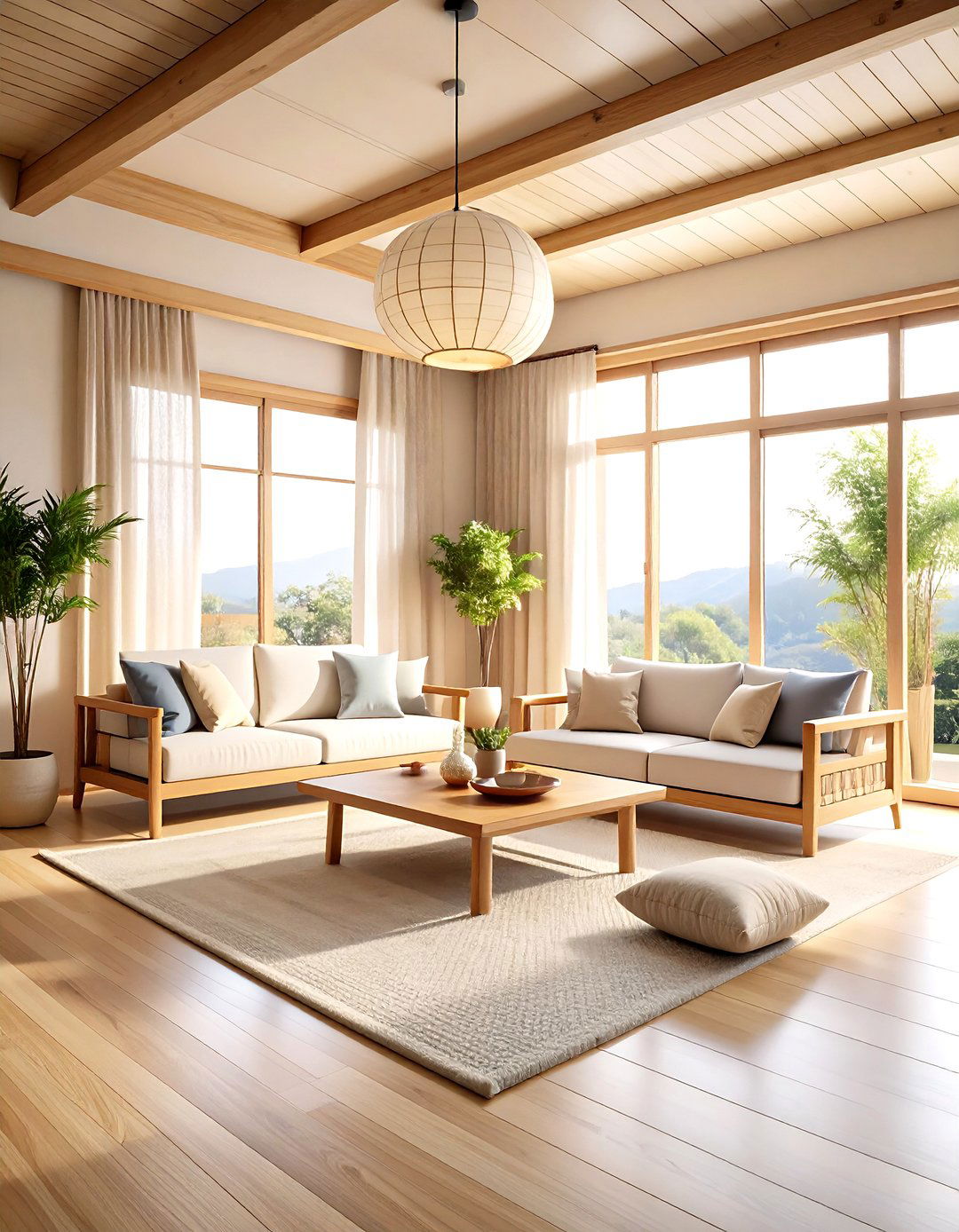
Japandi design harmoniously blends Japanese minimalism with Scandinavian functionality, creating spaces that feel both inviting and practical. This minimalist apartment approach emphasizes natural materials like wood, bamboo, and stone, combined with neutral colors and clean lines. The style incorporates organic textures and warm tones while maintaining minimalistic aesthetics. A Japandi minimalist apartment features large windows with lightweight curtains that allow natural light to flow freely, creating seamless indoor-outdoor connections. The philosophy combines Japanese wabi-sabi appreciation for imperfection with Scandinavian hygge coziness. Furniture pieces are carefully selected for both purpose and beauty, with quality craftsmanship and sparse house plants adding life without clutter. This design creates a minimalist apartment that feels like a calming sanctuary where every element serves both functional and aesthetic purposes.
2. Scandinavian Minimalist Apartment Design
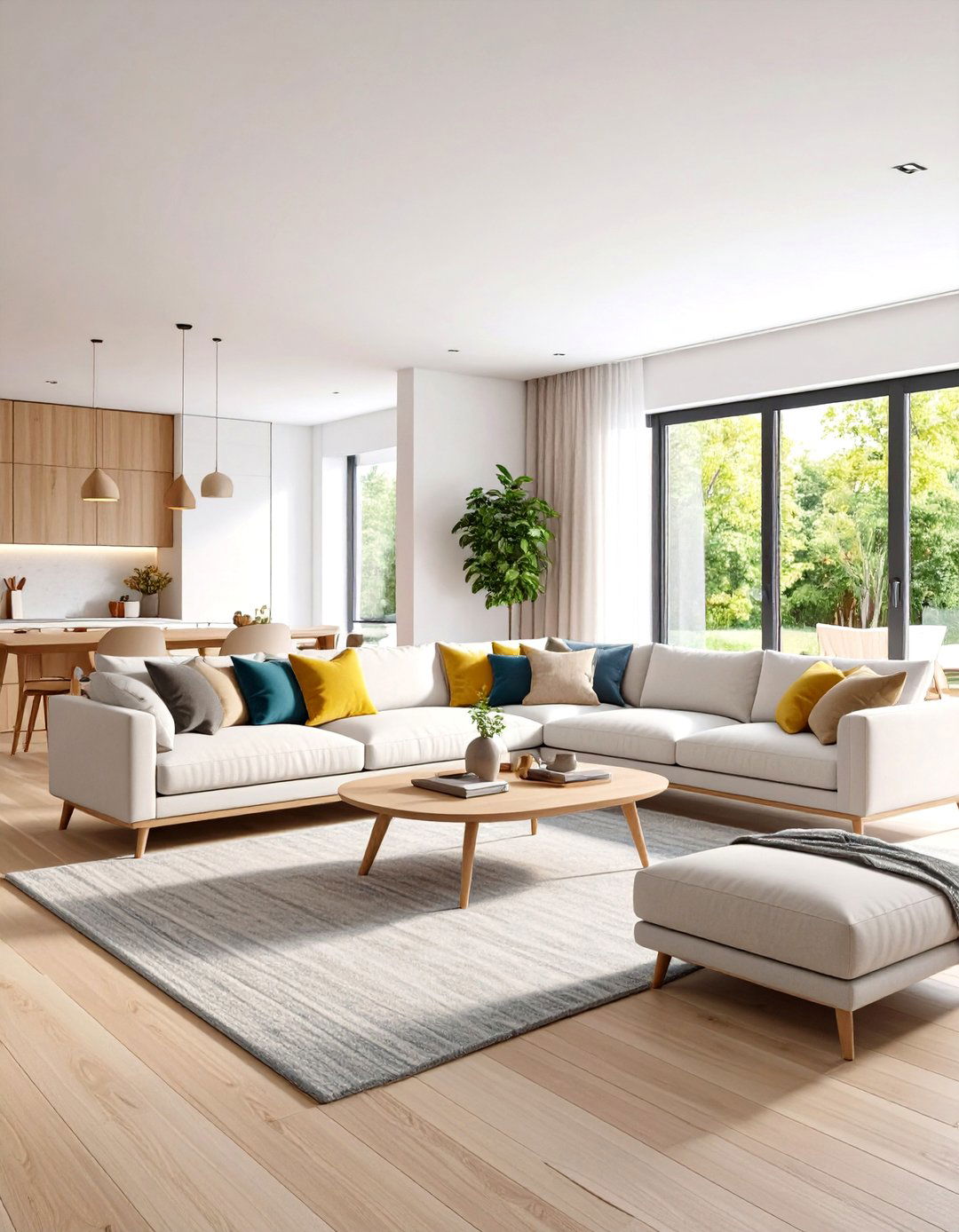
Traditional Scandinavian design emphasizes cool colors, crisp white walls, and the concept of hygge for warmth and coziness. This minimalist apartment style features pale wood tones, functional furniture, and bright, neutral colors that create open and airy environments. The design philosophy is rooted in simplicity, functionality, and attention to detail with natural materials. A Scandinavian minimalist apartment incorporates clean lines, natural elements, and bright spaces while maintaining sustainability at its core. The humble approach to expressivity through genuine craftsmanship creates down-to-earth seriousness and thoughtfulness. Essential elements include light-colored woods, comfortable textiles, and minimal decorative objects that serve practical purposes. This approach creates minimalist apartments that feel effortlessly stylish while prioritizing comfort and functionality for everyday living.
3. Warm Minimalist Apartment Haven
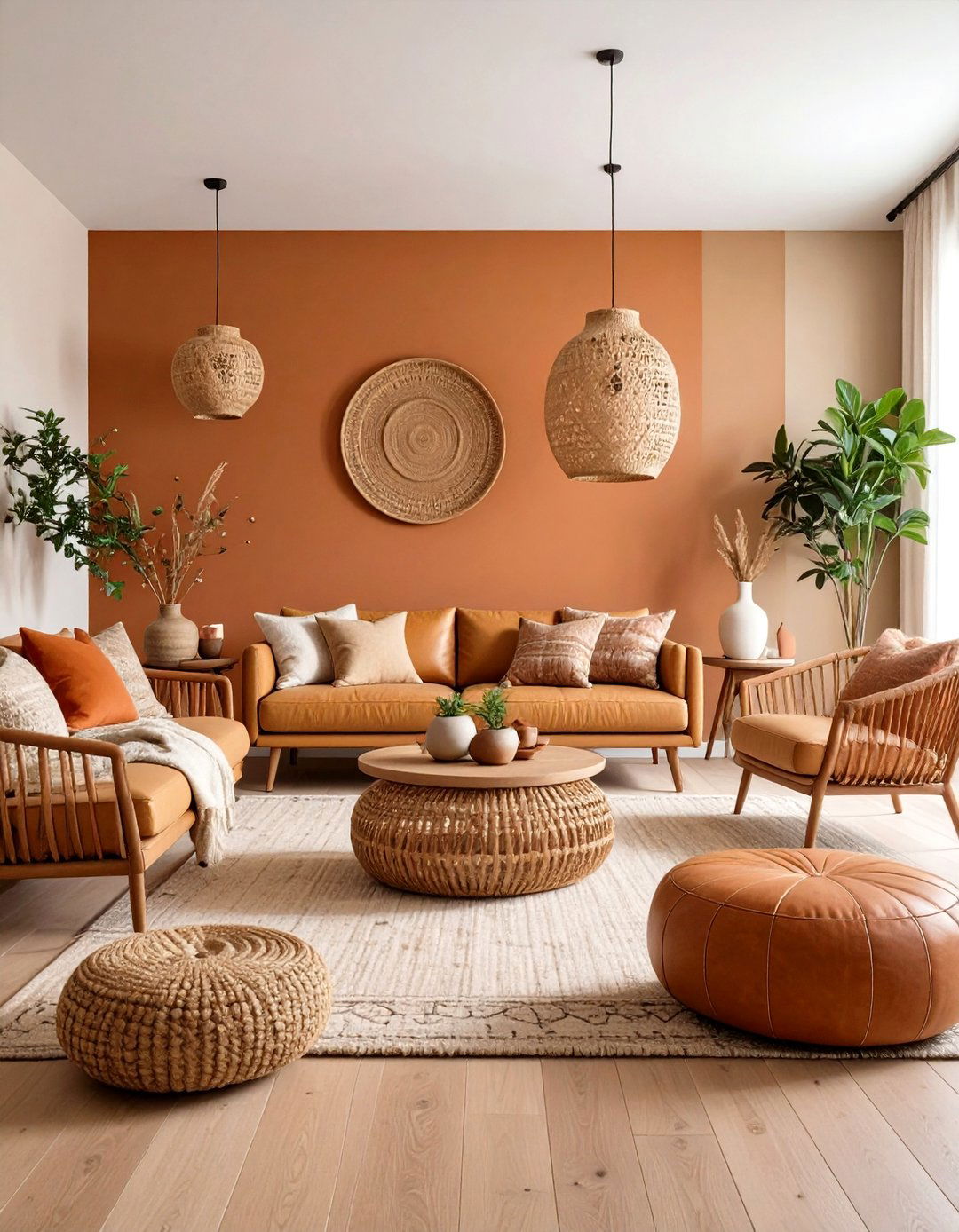
Warm minimalism takes traditional minimalist principles and adds soft textiles, cozy touches, and personal elements. This minimalist apartment style features warm-undertoned paint colors like beige, white, or taupe, with terracotta accents that beautifully complement the aesthetic. The design requires careful layering of warmth and color balance, selecting pieces with varying textures and mixed metals. A warm minimalist apartment incorporates organic textures like wood, leather, and rattan that feel cozy while avoiding harsh materials. Natural light is maximized with light-colored, lightweight window treatments like gauzy linen and raw silk draperies. The approach includes incorporating warm natural grain wood and living elements like branches and plants. This creates minimalist apartments that maintain simplicity while feeling inviting and emotionally nurturing rather than sterile or cold.
4. Industrial Minimalist Apartment Concept
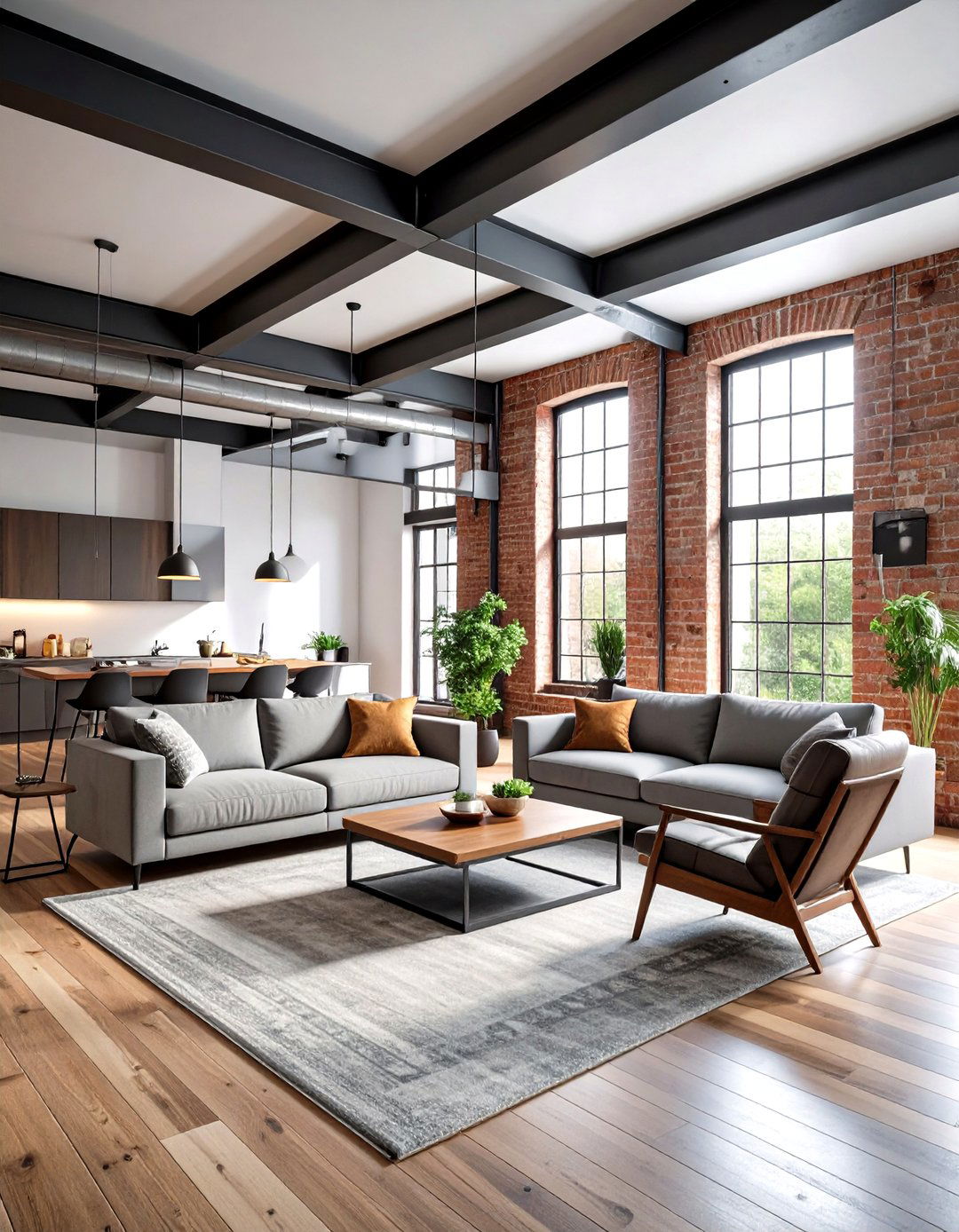
Industrial minimalism combines raw materials with minimalist solutions, creating unique atmospheres through exposed architectural elements. This minimalist apartment style features exposed brick walls, steel beams, and ductwork that serve as both functional and decorative elements. The design emphasizes monochromatic color palettes of whites, grays, and steel colors, with natural materials in darker wood tones. An industrial minimalist apartment showcases the contrast between raw textures and clean lines, with materials like wood, stone, and metal providing unique qualities. Contemporary interpretations include minimalist furniture with clean lines and modern lighting systems. Essential elements include old Chesterfield sofas, boom lamps, and suspended chains instead of traditional curtains. This approach creates minimalist apartments that celebrate urban architecture while maintaining comfortable, functional living spaces that feel both sophisticated and authentic.
5. Monochromatic Minimalist Apartment Scheme
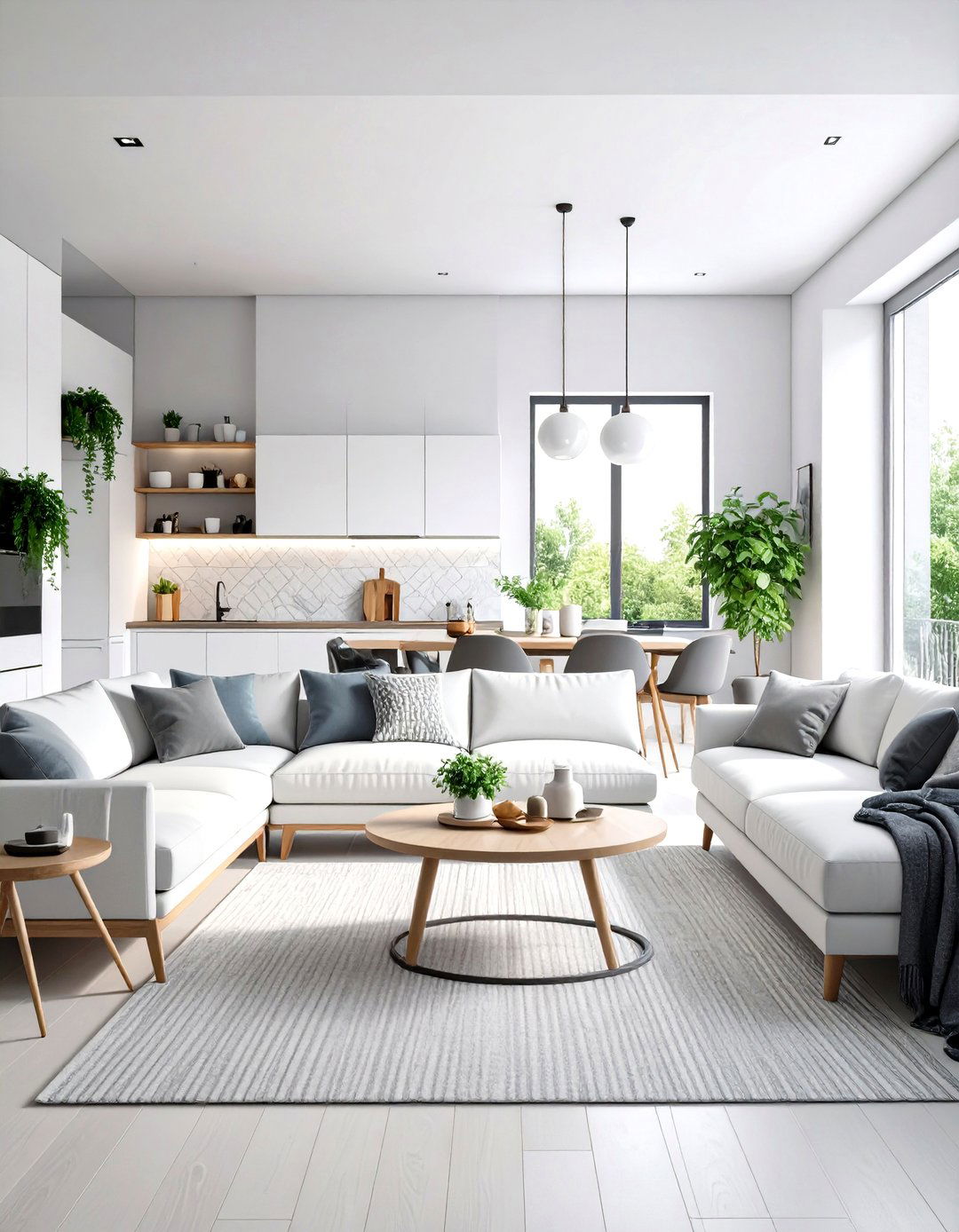
Monochrome design uses a single color in varying shades and tones, creating cohesive and serene environments. This minimalist apartment approach features seamless aesthetics that ensure rooms flow together harmoniously, creating continuity and spaciousness. The palette focuses on neutral tones like white, gray, and black, with subtle variations providing depth. A monochromatic minimalist apartment incorporates limited color palettes with one or two additional accent colors at most, maintaining visual coherence. Different shades of the same color unite diverse design elements from furniture to wall treatments. When incorporating patterns, designs should be simple, geometric, or abstract to avoid overwhelming the space. This creates minimalist apartments that feel sophisticated and unified, where the focus remains on form, texture, and light rather than color contrasts, resulting in spaces that feel both calming and visually striking.
6. Natural Materials Minimalist Apartment Design

Natural materials provide warmth and texture while creating harmony with the natural world in minimalist spaces. This minimalist apartment style features materials like boucle, wood, tweed, metal, and woven rugs in neutral colors with minimalist patterns. Wood, stone, and woven fabrics add tactile appeal without overwhelming the overall aesthetic. A natural materials minimalist apartment incorporates the perfect balance between warm and cool materials, creating harmony with the color scheme. Organic textures connect spaces to nature, creating calm and relaxation while providing balance to sleek surfaces. Warm wood tones provide natural beauty through hardwood floors, wooden countertops, and statement furniture pieces. This approach creates minimalist apartments that feel grounded and authentic, where natural materials serve as both functional elements and artistic features that enhance the overall sense of tranquility and connection to the natural world.
7. Studio Minimalist Apartment Layout
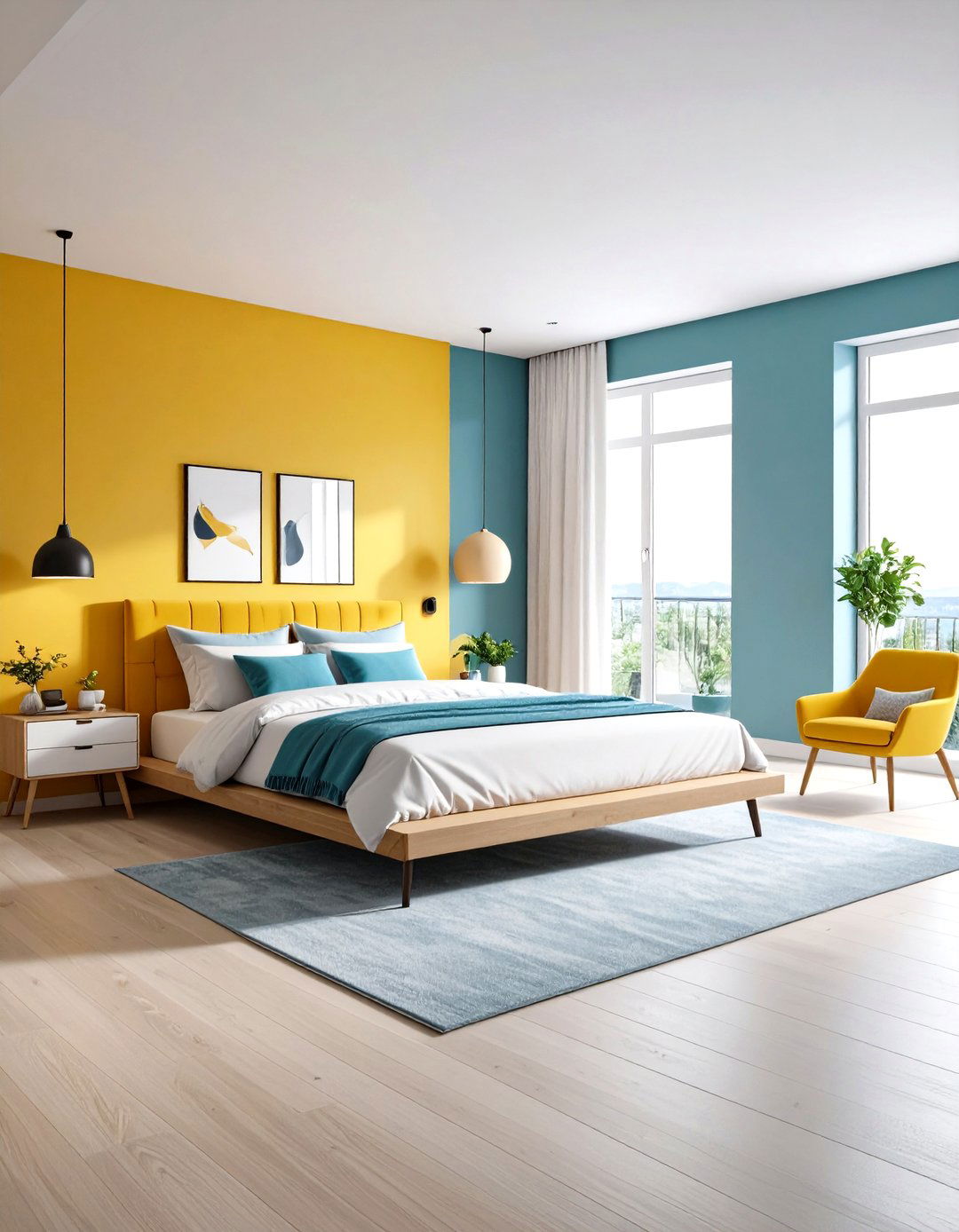
Studio apartments require clever design solutions that preserve open layouts while providing privacy and functionality. This minimalist apartment approach features furniture placement and room dividers that create different living zones within one open space. Unconventional layouts include floating beds with dressers behind to create sleeping nooks and dressing areas. A studio minimalist apartment incorporates multi-functional furniture like storage ottomans, bar carts, and wall-mounted desks that maximize space efficiency. Light atmospheres are created through all-white interior palettes with minimal colorful accents. Smart storage solutions include lofted beds, built-in furniture, and open shelf systems that don't block natural light. This creates minimalist apartments that feel spacious and organized despite size constraints, proving that thoughtful design can make compact spaces both functional and aesthetically pleasing.
8. Open Concept Minimalist Apartment Flow
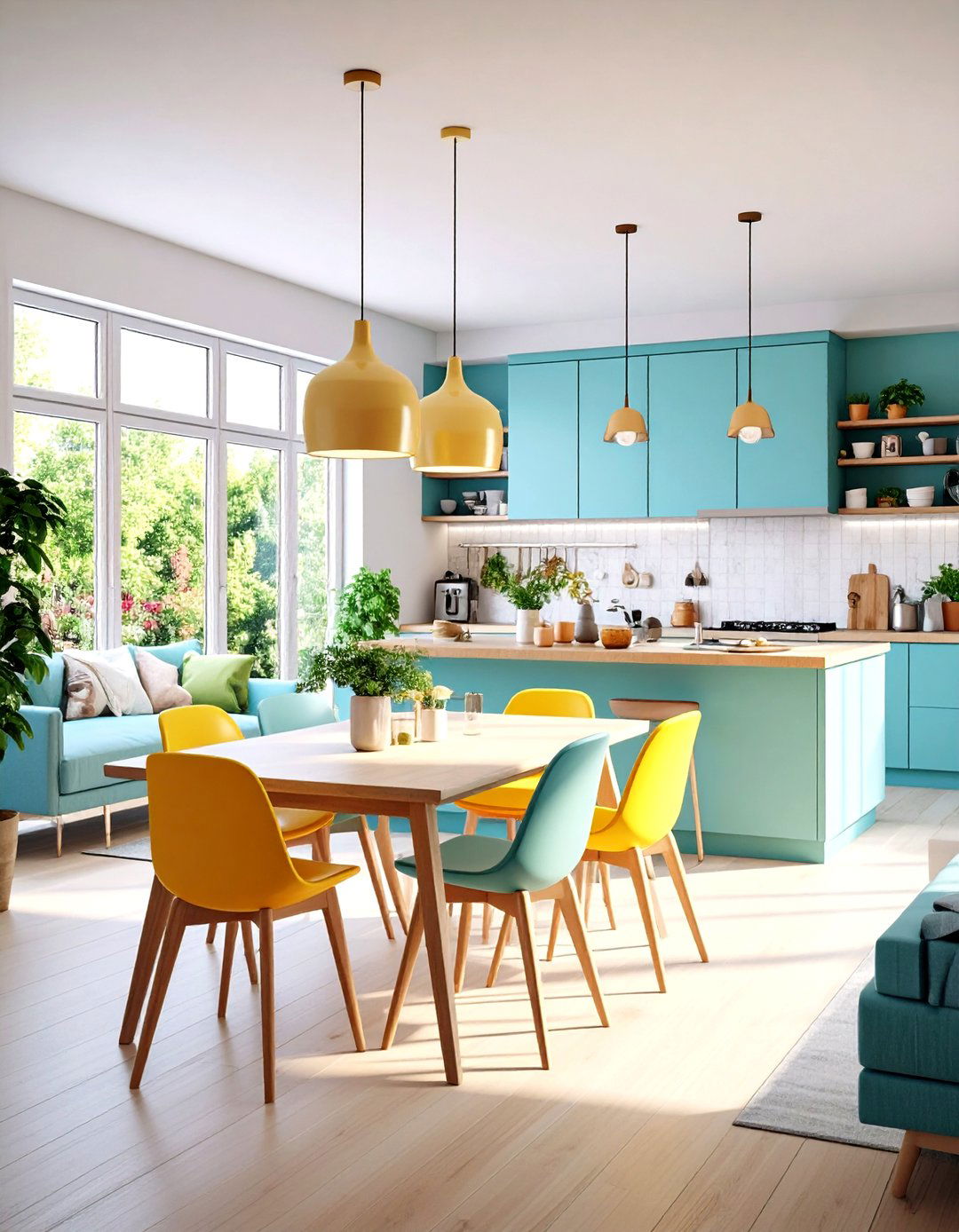
Open floor plans promote flow and spaciousness, with minimal walls allowing light to move freely throughout spaces. This minimalist apartment style features integrated kitchen-dining-living areas that create openness using cohesive color palettes. Smart zoning through rugs, lighting, and shelving defines spaces without physical walls. An open concept minimalist apartment incorporates modular elements like loft beds and movable storage units that adapt to different needs. The design encourages interaction and connectivity while maximizing natural light flow. Kitchen islands or bar counters serve as subtle dividers between spaces while maintaining visual continuity. This approach creates minimalist apartments that feel expansive and flexible, where different functional areas blend seamlessly while maintaining their distinct purposes, resulting in spaces that adapt to various lifestyle needs while preserving clean, uncluttered aesthetics.
9. Biophilic Minimalist Apartment Environment
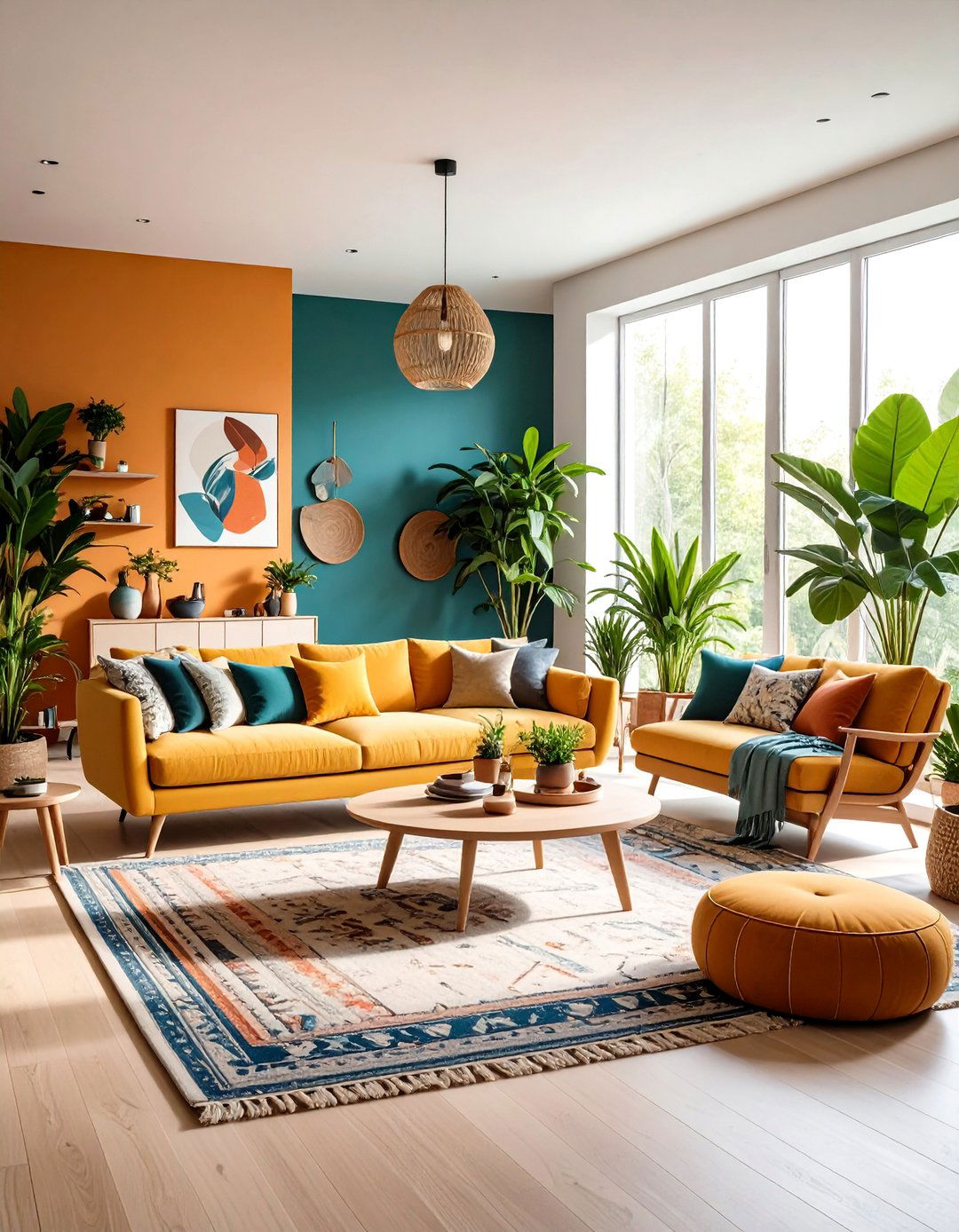
Biophilic design brings nature indoors through plants, natural light, and organic shapes in interior spaces. This minimalist apartment approach features large windows and skylights that connect indoors with outdoors, creating harmony and well-being. Plants and flowers bring warmth and color to minimalist interiors, creating focal points and conversation pieces. A biophilic minimalist apartment incorporates natural elements and earthy tones that create calming atmospheres. The design enhances connection to nature while reducing stress and improving quality of life. Whether through foraged branches, fresh flowers, or lush greenery, plants align with minimalist emphasis on natural connections. This creates minimalist apartments that feel alive and rejuvenating, where natural elements serve as both decorative and wellness features, proving that minimalism can embrace life and growth while maintaining clean, purposeful design principles.
10. Modern Minimalist Apartment Aesthetic
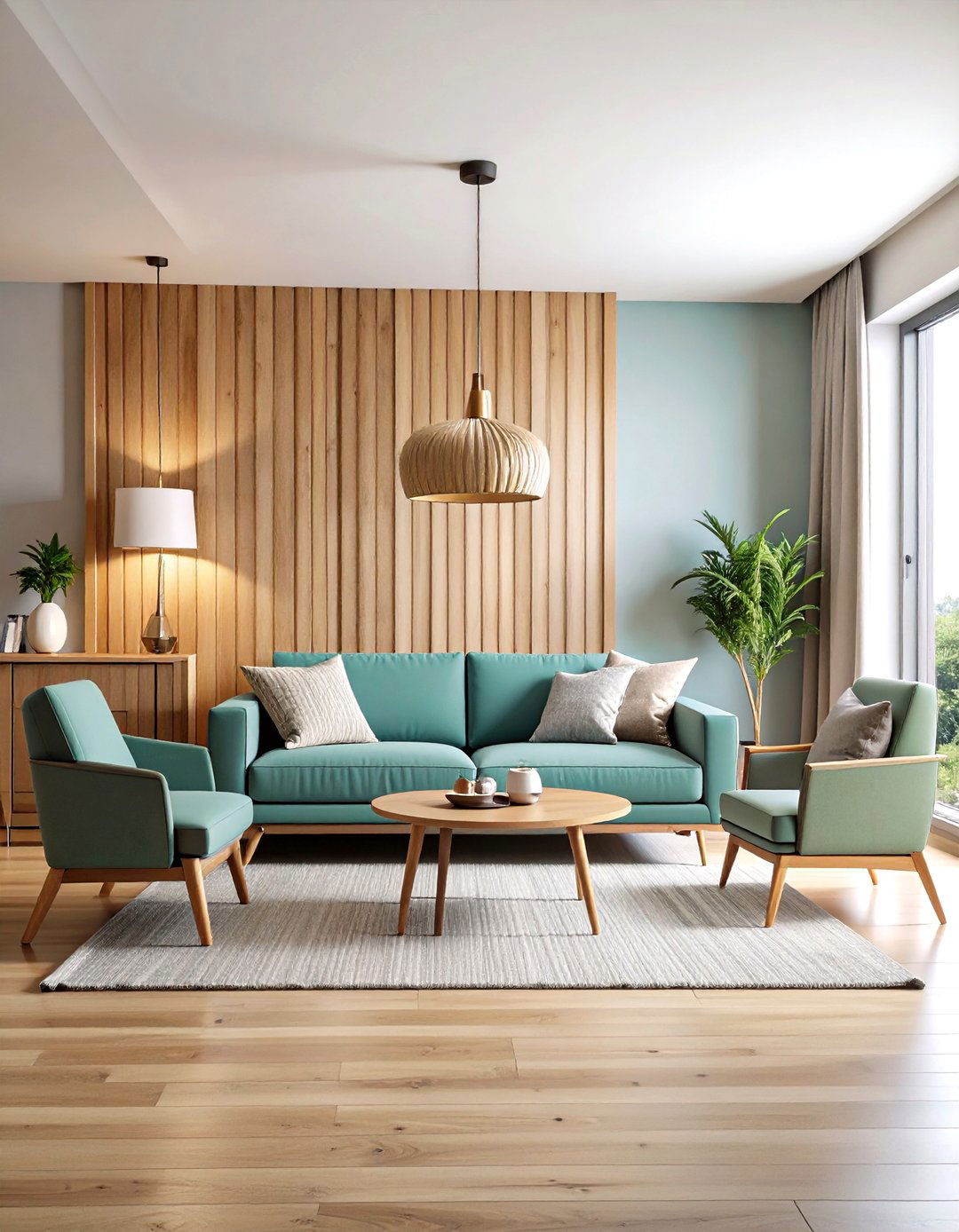
Modern minimalism blends Scandinavian simplicity with industrial accents, creating chic yet functional aesthetics. This minimalist apartment style features soft neutral tones paired with metal or exposed brick details for contemporary appeal. Clean lines, soft colors, and natural light create welcoming and practical environments. A modern minimalist apartment incorporates sleek, low-profile furniture paired with retro elements for timeless, unfussy style. Smart home technology integrates seamlessly with minimalist design through hidden charging stations and automated systems. Wood slat walls add texture without overwhelming spaces, while architectural elements define areas. This approach creates minimalist apartments that feel contemporary and sophisticated, where modern technology and classic design principles work together to create spaces that are both cutting-edge and timeless, suitable for today's lifestyle needs.
11. Neutral Palette Minimalist Apartment Harmony
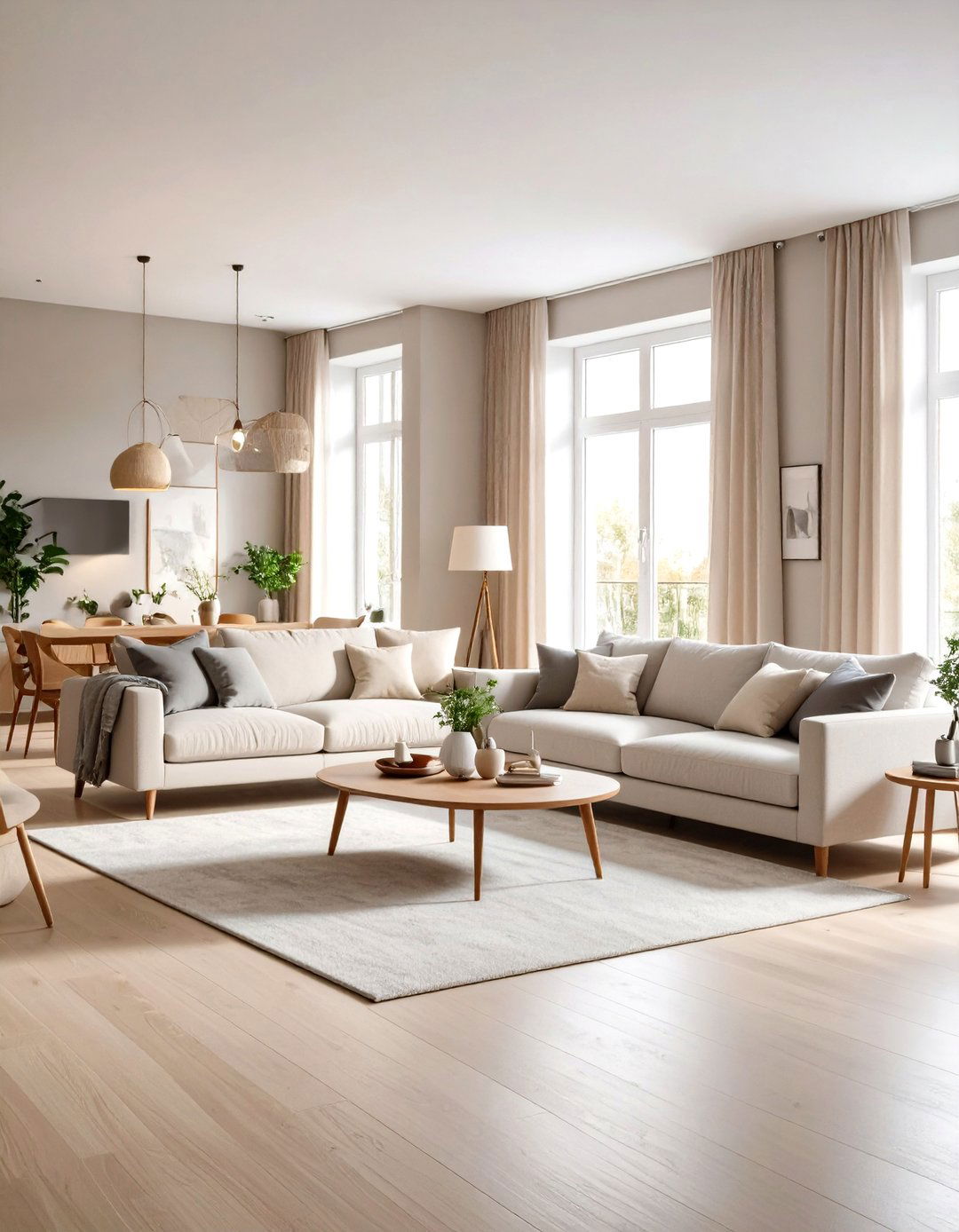
Soft, muted tones like beige, ivory, and warm grays create calming atmospheres that make spaces appear larger. This minimalist apartment approach features monochromatic schemes with subtle contrasts that offer serene and cohesive looks. Neutral colors serve as backdrops, allowing other design elements to shine while maintaining simplicity. A neutral palette minimalist apartment incorporates light-reflecting colors like soft whites, light grays, and pale blues that maximize natural light. Varying shades of sand and beige create soothing, enveloping environments that feel friendlier than all-gray schemes. Accent colors define different areas within open layouts while maintaining visual flow and cohesion. This creates minimalist apartments that feel peaceful and spacious, where neutral foundations allow for personal expression through carefully chosen accessories while maintaining the calm, uncluttered aesthetic that defines minimalist living.
12. Textured Minimalist Apartment Depth
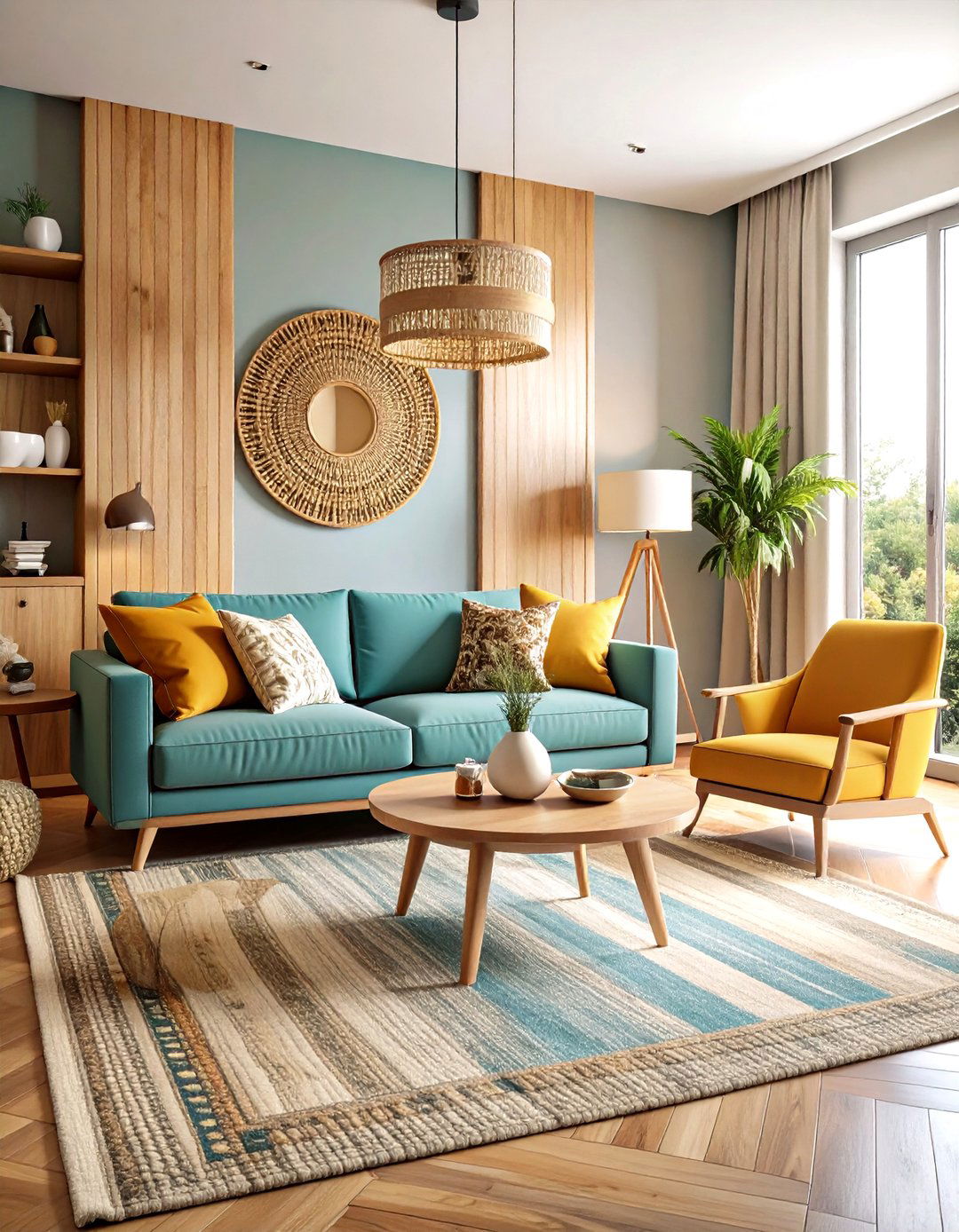
Textiles and varied textures warm up minimalist spaces while maintaining monochromatic color palettes. This minimalist apartment style features natural grain wood and textured fabrics that add warmth without overwhelming aesthetics. Natural materials like linen, cotton, and wool provide tactile appeal in bedrooms and living areas. A textured minimalist apartment incorporates woven rugs, marble surfaces, and exposed wood beams that add subtle patterns and depth. Floor pillows, beautiful drapery, and layered bedding create lived-in minimal looks with functional comfort. Organic textures connect spaces to nature while providing balance to sleek, streamlined surfaces. This approach creates minimalist apartments that feel rich and inviting, where texture becomes the primary means of visual interest, proving that minimalism can be both simple and sensorially engaging through thoughtful material choices.
13. Mid-Century Minimalist Apartment Style
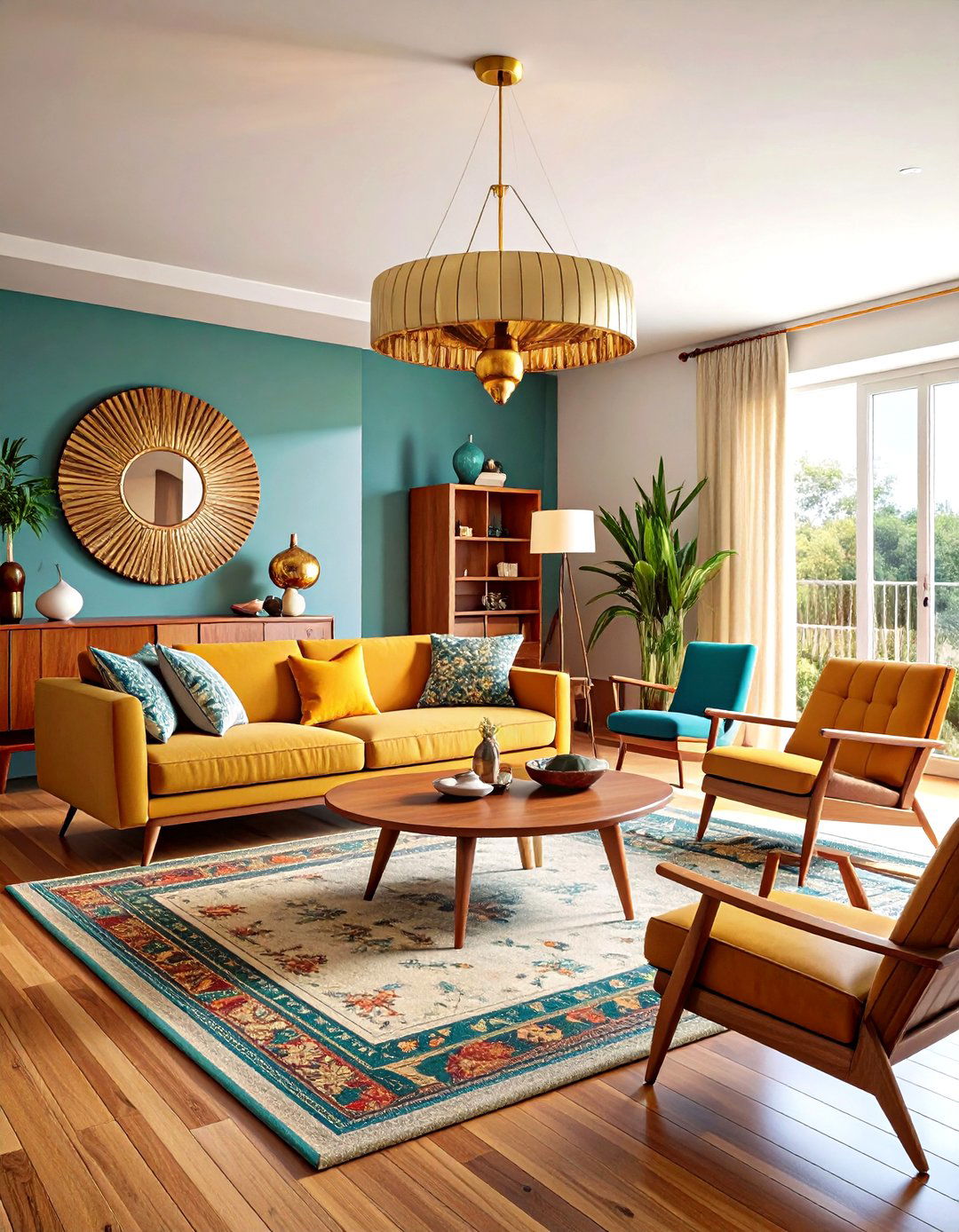
Mid-century modern minimalism fuses aesthetics and materials with minimalist color themes and negative space. This minimalist apartment approach features brass, wood, and glossy pieces with clean lines that dominate the design aesthetic. Retro and vintage furniture blends mindful consumption with nostalgic coziness and solid wood construction. A mid-century minimalist apartment incorporates vintage pieces that pair well with Japandi and biophilic designs while lasting long-term. Mid-century chairs and sculptural ceiling details create gallery-like atmospheres with curated furniture pieces. The combination of sharp angles and curved lines creates grounded, welcoming spaces without unnecessary details. This creates minimalist apartments that feel both nostalgic and contemporary, where carefully selected vintage pieces serve as statement elements within clean, uncluttered spaces that celebrate both past and present design sensibilities.
14. Coastal Minimalist Apartment Serenity
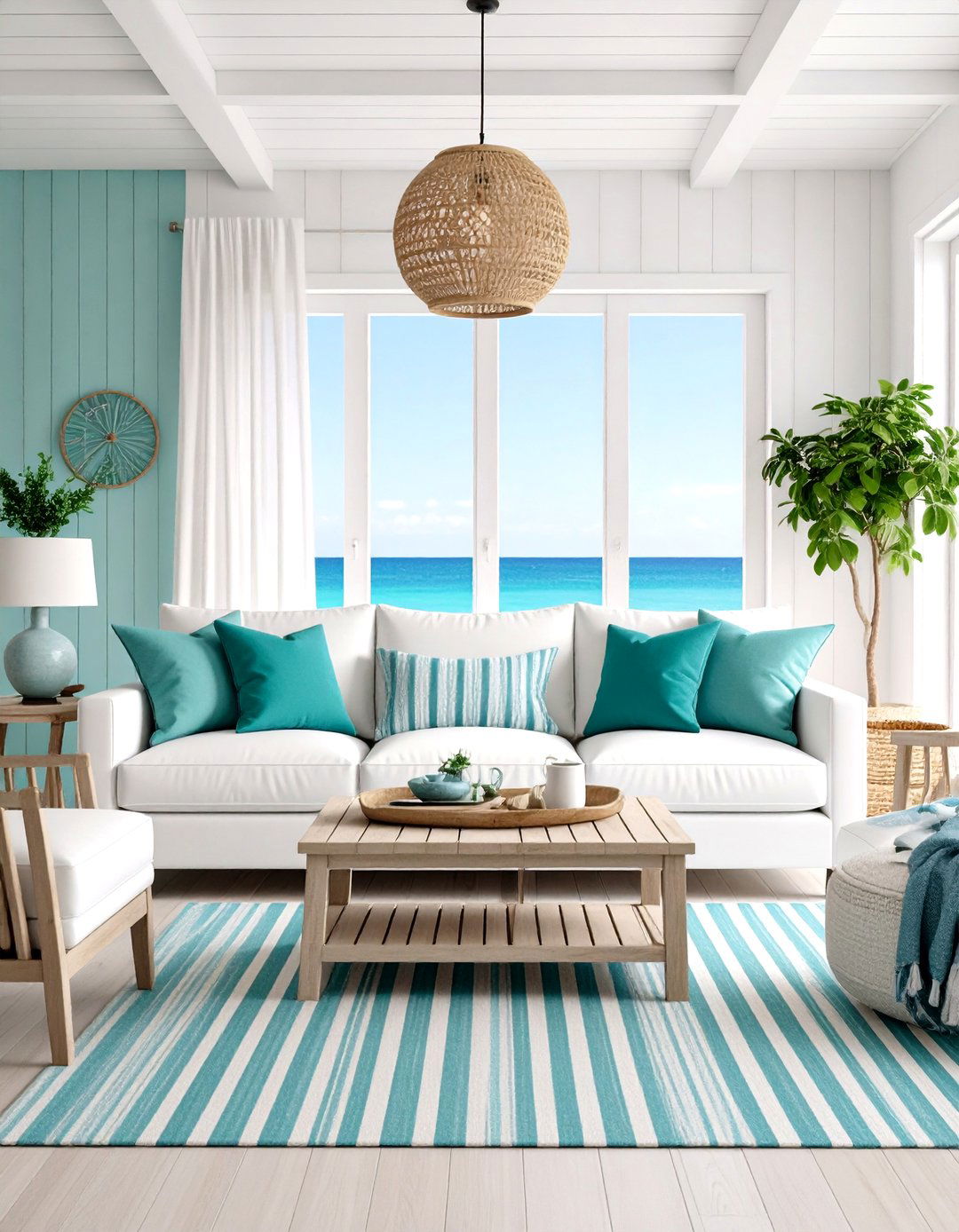
Coastal minimalism doesn't require numerous accessories to achieve the aesthetic, focusing on essential pieces. This minimalist apartment style features crisp white or cream sofas that provide neutral bases for color and pattern accents. Oceanic palettes with soothing blues and invigorating greens create calm, luxury retreats. A coastal minimalist apartment incorporates textured rugs, striped throw pillows, and low wooden tables for casual, lived-in feelings. The colors work well with natural light, enhancing openness and airiness in spaces. Luxurious textures like silk and velvet add opulence to calming color palettes. This approach creates minimalist apartments that evoke seaside tranquility, where ocean-inspired elements bring natural serenity to urban living spaces while maintaining the clean, uncluttered principles that define minimalist design.
15. Earthy Minimalist Apartment Connection

Earthy tones like terracotta, beige, and brown work beautifully in minimalist spaces when paired with natural materials. This minimalist apartment approach features subtle shifts from cool grays and blues to warm browns and reds for earthier personalities. Natural materials like marble coffee tables, linen sofas, and exposed wood beams add texture and interest. An earthy minimalist apartment incorporates muted earthy hues like terracotta and mossy green that create grounding, calming effects. Color experts predict earth tones will dominate, with palettes featuring olive green and warm, muted colors. Colors reflect nature and promote tranquility, making them ideal for creating serene living spaces. This creates minimalist apartments that feel connected to the natural world, where earth-inspired colors and materials ground the space while maintaining the clean, purposeful aesthetic that characterizes thoughtful minimalist design.
16. Smart Storage Minimalist Apartment Organization
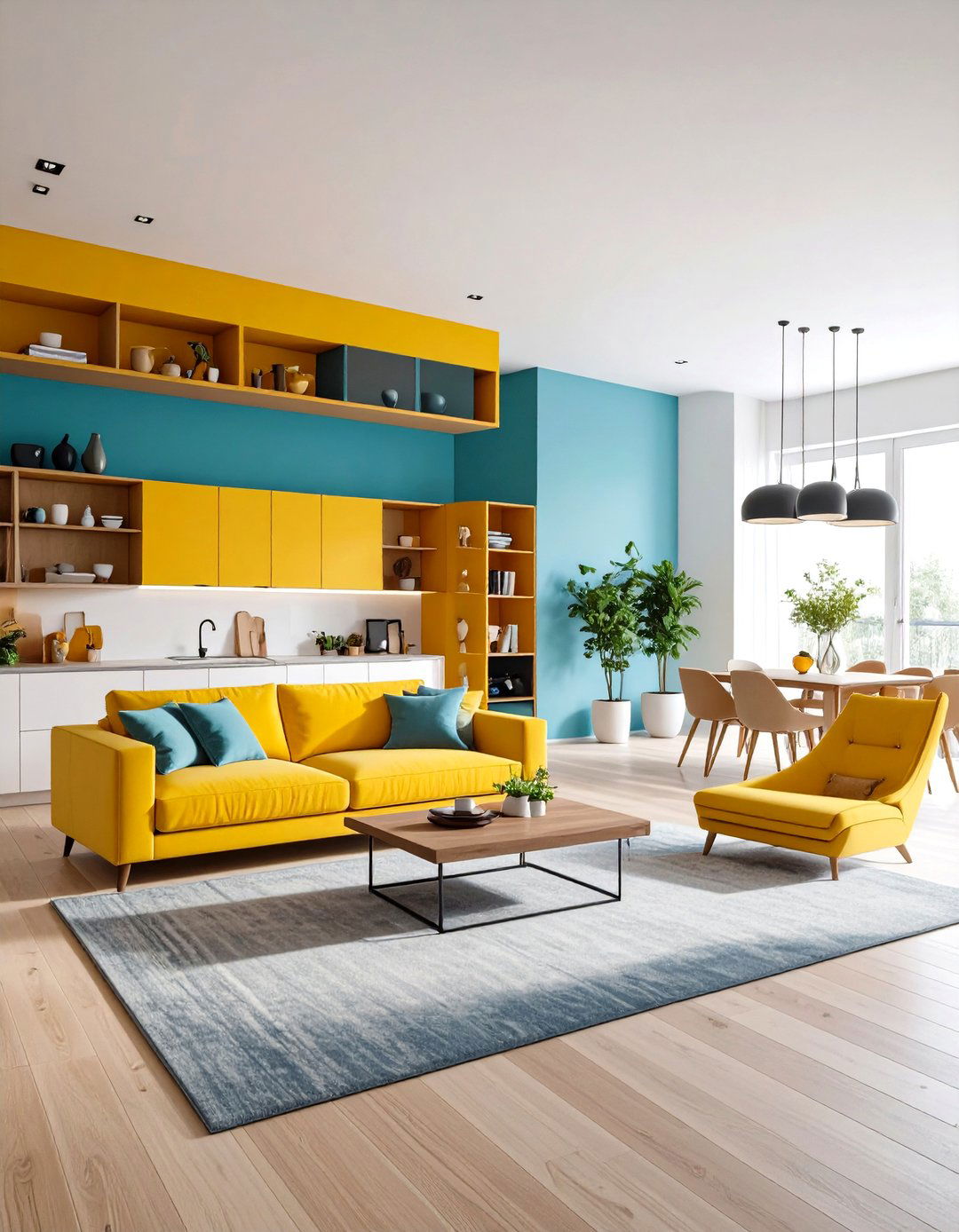
Hidden storage is key in small spaces, with under-bed storage, floating shelves, and built-in units maintaining style. This minimalist apartment style features wall-mounted solutions like floating shelves above couches and beds for vertical storage. Smart storage solutions include lofted beds with working desks underneath and wall-to-wall storage systems. A smart storage minimalist apartment incorporates multi-functional furniture like storage ottomans and bar carts that serve multiple purposes. Unconventional solutions include wall-to-wall dressers in small nooks and furniture-based room division. Built-in units, concealed cabinets, and multi-functional furniture maintain the 'less is more' principle. This approach creates minimalist apartments that feel organized and spacious, where storage solutions are seamlessly integrated into the design rather than appearing as afterthoughts, proving that minimalism and practicality can coexist beautifully.
17. Multi-Functional Minimalist Apartment Flexibility
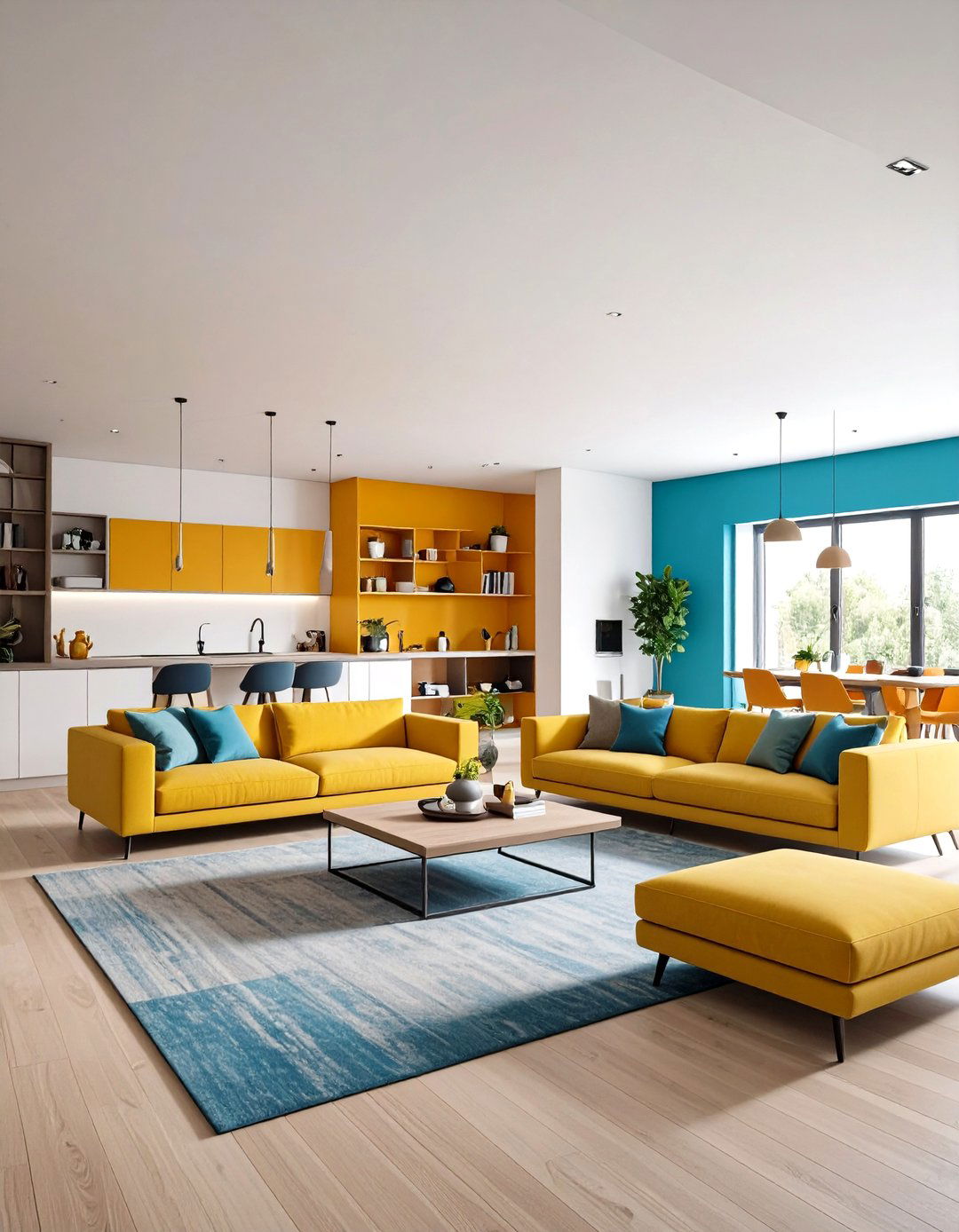
Multi-functional furniture is essential for compact spaces, with pieces that can be rearranged for different activities. This minimalist apartment approach features modular sofas, adjustable shelving systems, and furniture that adapts from work to relaxation. Extra large banquettes replace sofas to create spaces for working, lounging, dining, and entertaining. A multi-functional minimalist apartment incorporates sleeper sofas as secondary sleeping spaces and bar stools that create additional dining areas. Bedrooms often double as work areas with Murphy beds and wall-mounted desks freeing up space. Smart zoning allows single rooms to serve multiple purposes through strategic furniture placement. This creates minimalist apartments that maximize utility without sacrificing style, where every piece serves multiple functions and spaces adapt to different needs throughout the day while maintaining clean, uncluttered aesthetics.
18. Natural Light Minimalist Apartment Brightness
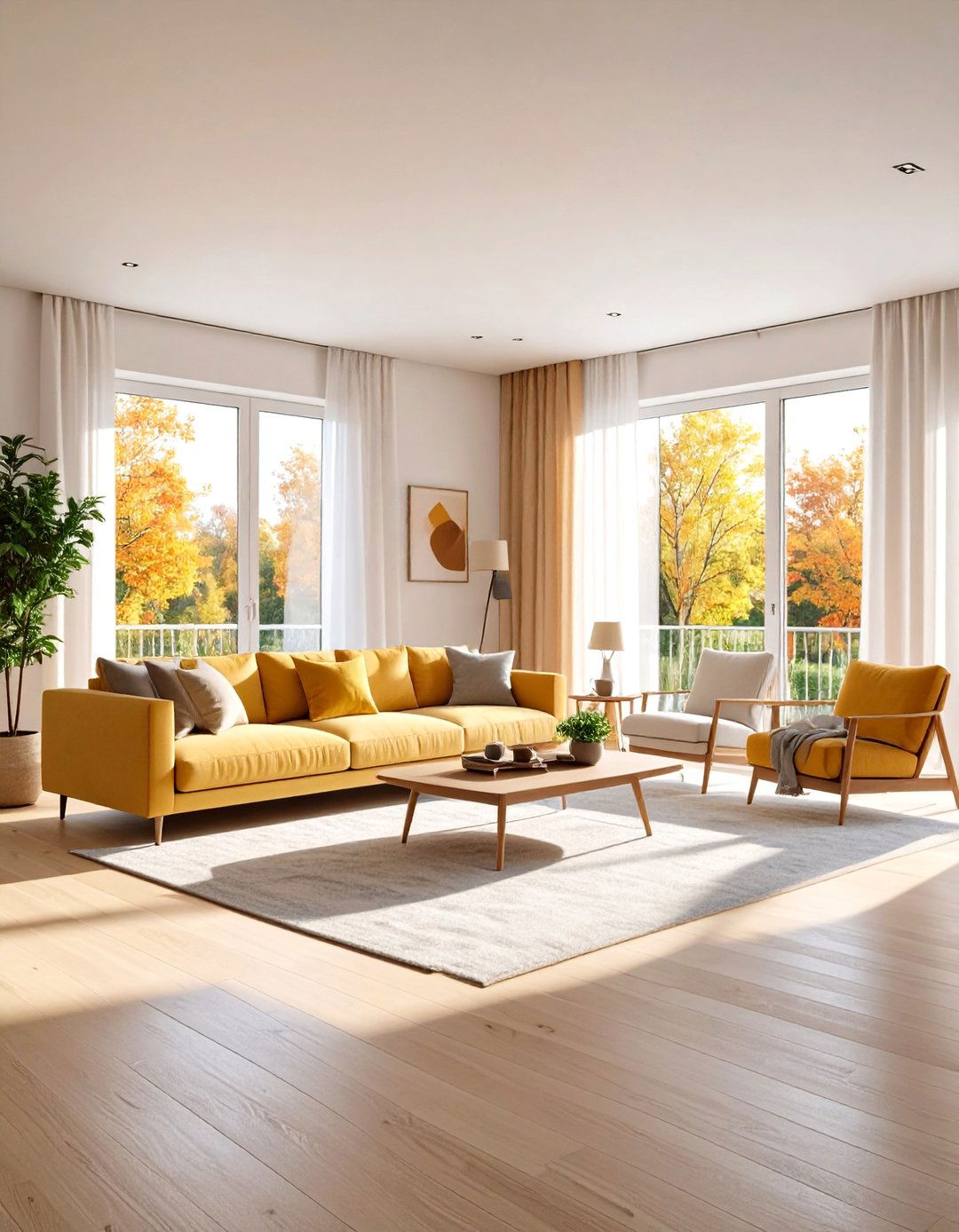
Natural light is a primary design element, with large windows and open spaces allowing light to flood interiors. This minimalist apartment style features large windows with light curtains that allow daylight to connect indoors with outdoors. Light-reflecting colors and finishes maximize natural light, making apartments feel larger and more welcoming. A natural light minimalist apartment incorporates light-colored window treatments and clean windows that allow maximum light penetration. Big windows flood rooms with sunlight while carefully placed greenery adds life without blocking light. Different paint finishes alter atmospheres, with matte providing sophistication and gloss reflecting light. This approach creates minimalist apartments that feel bright and airy, where natural light becomes a key design element that enhances the sense of space and openness while reducing the need for artificial lighting during daylight hours.
19. Art-Focused Minimalist Apartment Gallery
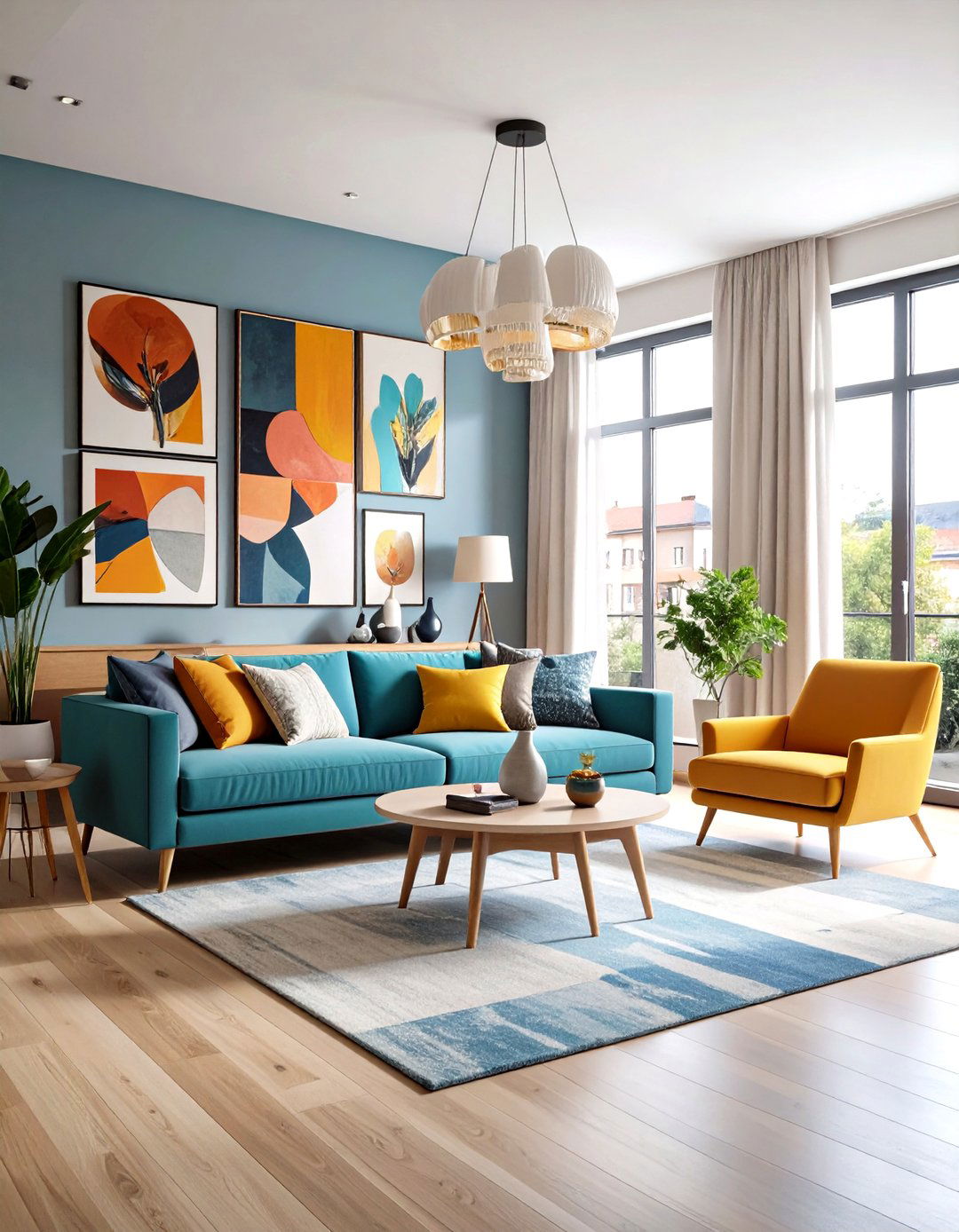
In minimalist design, art serves as a focal point, with one or two statement pieces capturing attention. This minimalist apartment approach features great art as statement pieces that create central conversation elements and distract from minimalist vibes. Monochrome prints or abstract pieces in neutral frames complement minimalist decor without overwhelming spaces. An art-focused minimalist apartment incorporates quality over quantity, where carefully chosen pieces add character and personality. High-impact wall art adds personality without taking up surface space, proving transformative power. Abstract photography can be extended into material space through coordinated throw pillows and accents. This creates minimalist apartments that feel curated and personal, where art becomes the primary means of self-expression within clean, uncluttered spaces, proving that minimalism can be both simple and deeply meaningful through thoughtful artistic choices.
20. Sustainable Minimalist Apartment Consciousness
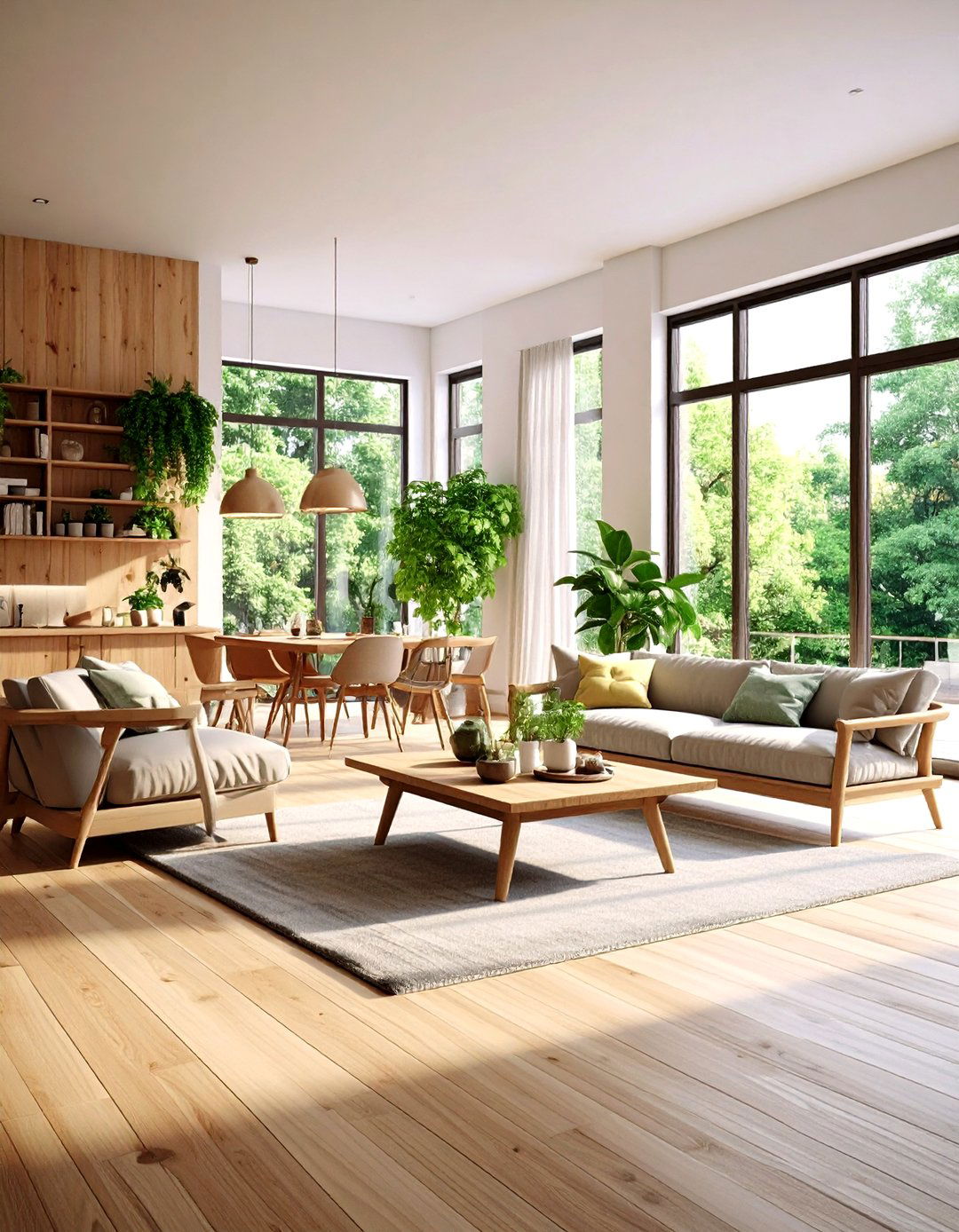
Sustainable minimalism uses eco-friendly materials like reclaimed wood, bamboo, and recycled metals. This minimalist apartment style features durable, long-lasting furniture that stands the test of time rather than ending up in landfills. The approach prioritizes natural materials and goes hand-in-hand with sustainable interior design principles. A sustainable minimalist apartment incorporates eco-friendly materials like bamboo flooring and organic fabrics for stylish, earth-friendly interiors. The mindset focuses on reducing excess and embracing simplicity rather than just using sustainable materials. Minimalism encourages mindful consumption and reduces environmental impact through intentional purchasing. This approach creates minimalist apartments that feel responsible and forward-thinking, where environmental consciousness guides design decisions without compromising aesthetic appeal, proving that sustainable living and beautiful design can work together to create spaces that are both stylish and ethically sound.
Conclusion:
These twenty minimalist apartment ideas demonstrate that modern minimalism extends far beyond stark simplicity to embrace warmth, functionality, and personal expression. Today's minimalist approach emphasizes sustainable materials, smart technology, and natural elements while maintaining clean aesthetics. Whether incorporating Japandi serenity, industrial rawness, or biophilic connections, each style proves that minimalism can adapt to different personalities and lifestyles. The key lies in prioritizing quality over quantity and ensuring every element serves both functional and aesthetic purposes. By embracing these diverse minimalist approaches, you can create an apartment that feels both intentionally curated and authentically personal—a space that truly supports modern living while maintaining the calm, uncluttered environment that makes minimalism so enduringly appealing.


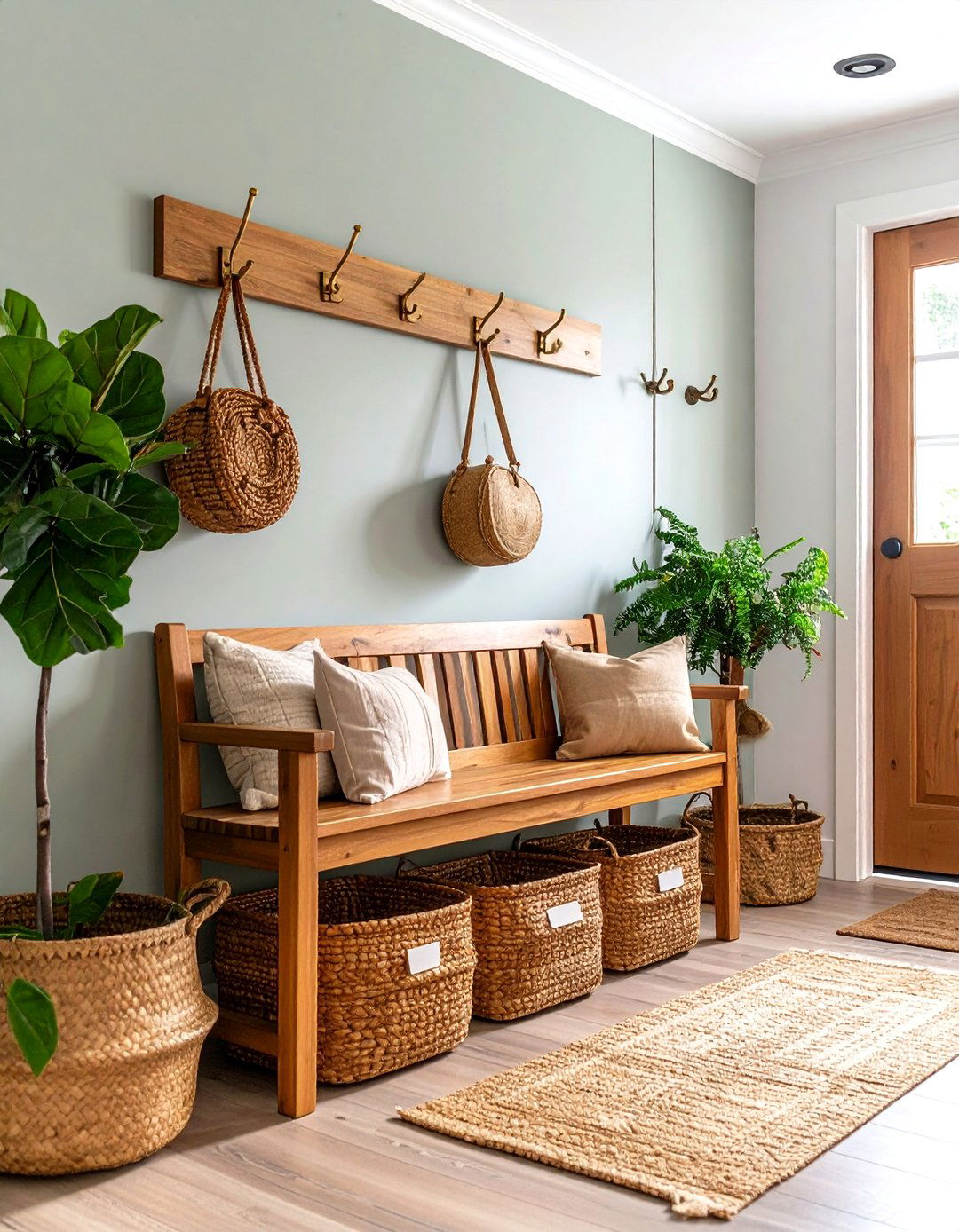
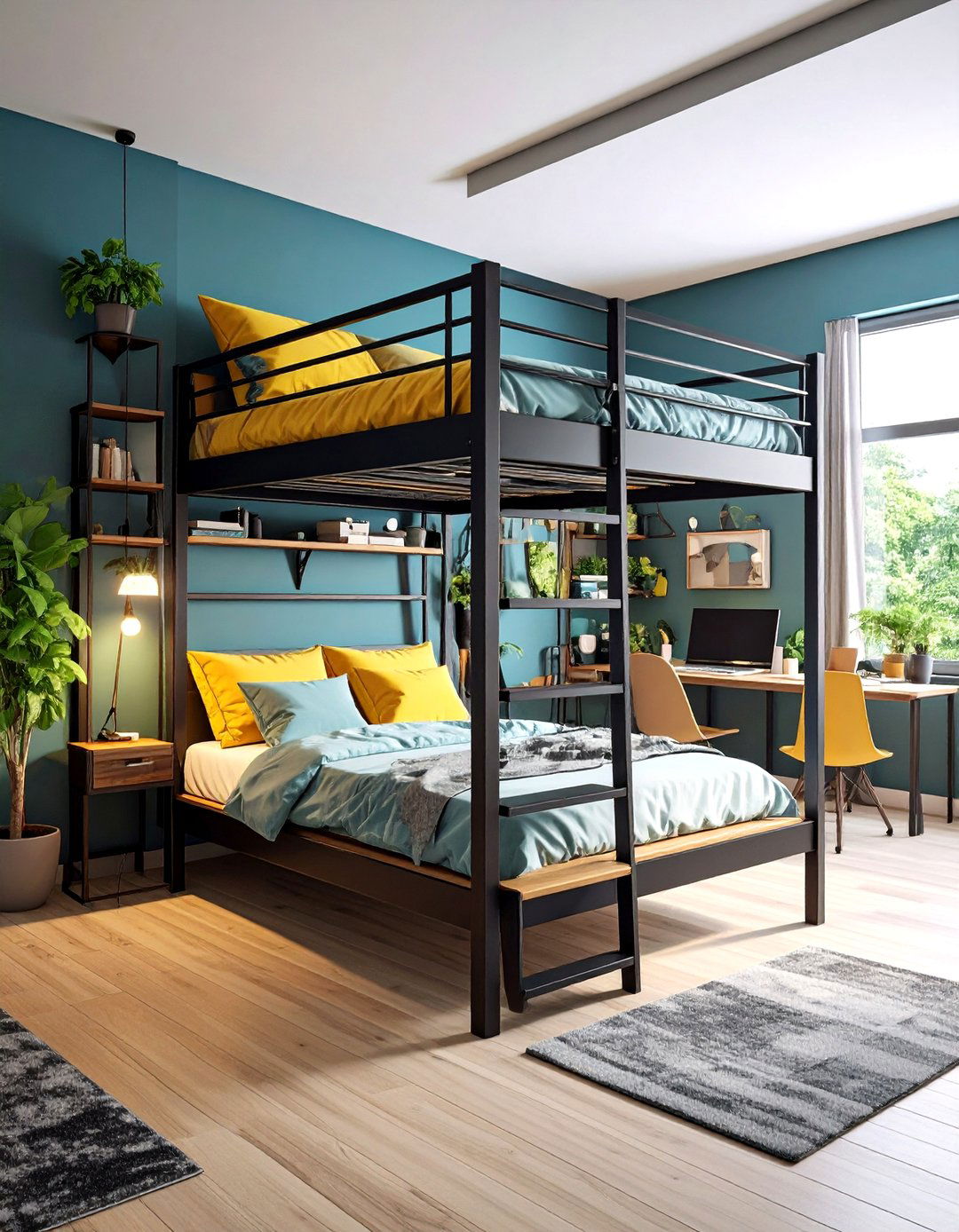
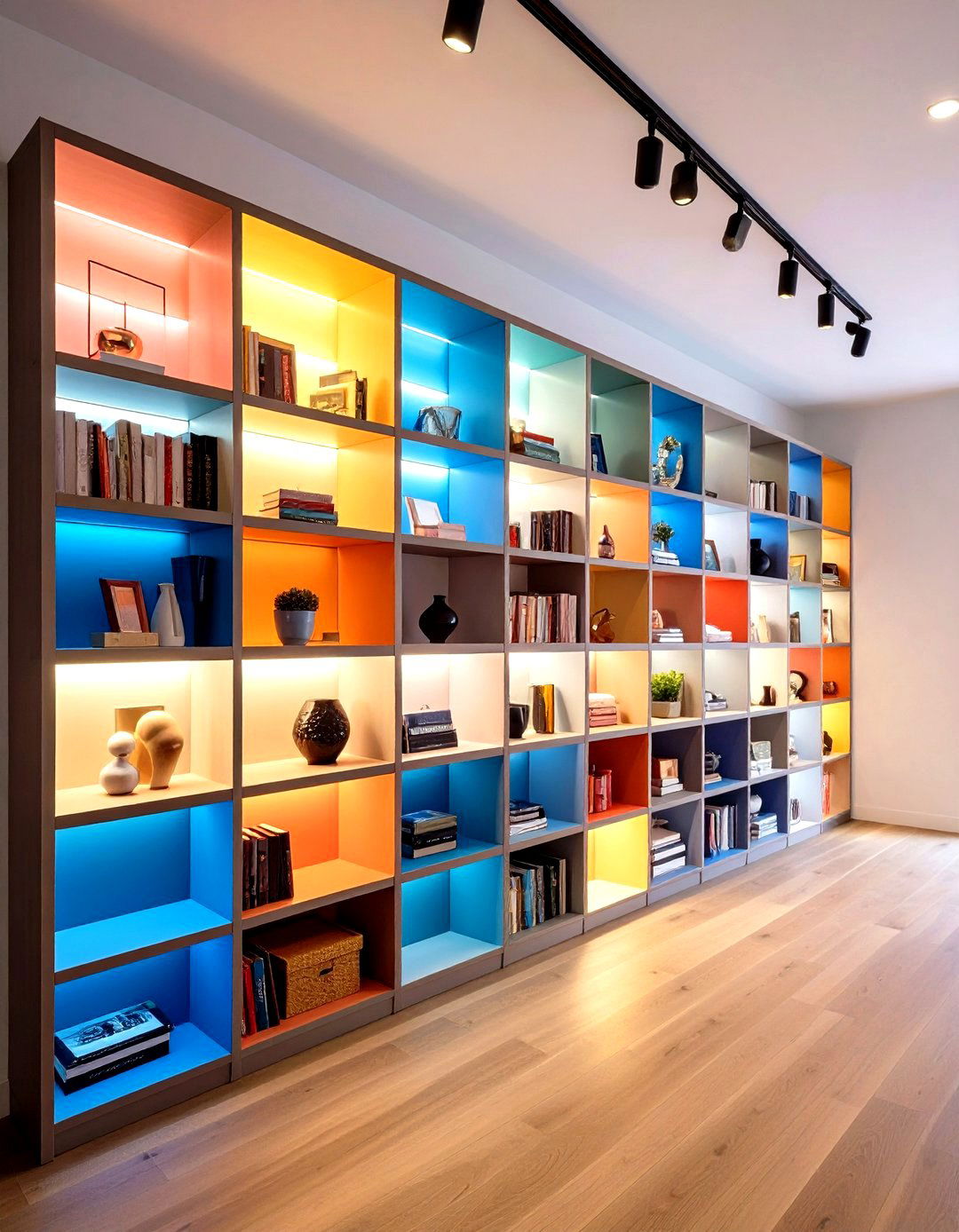
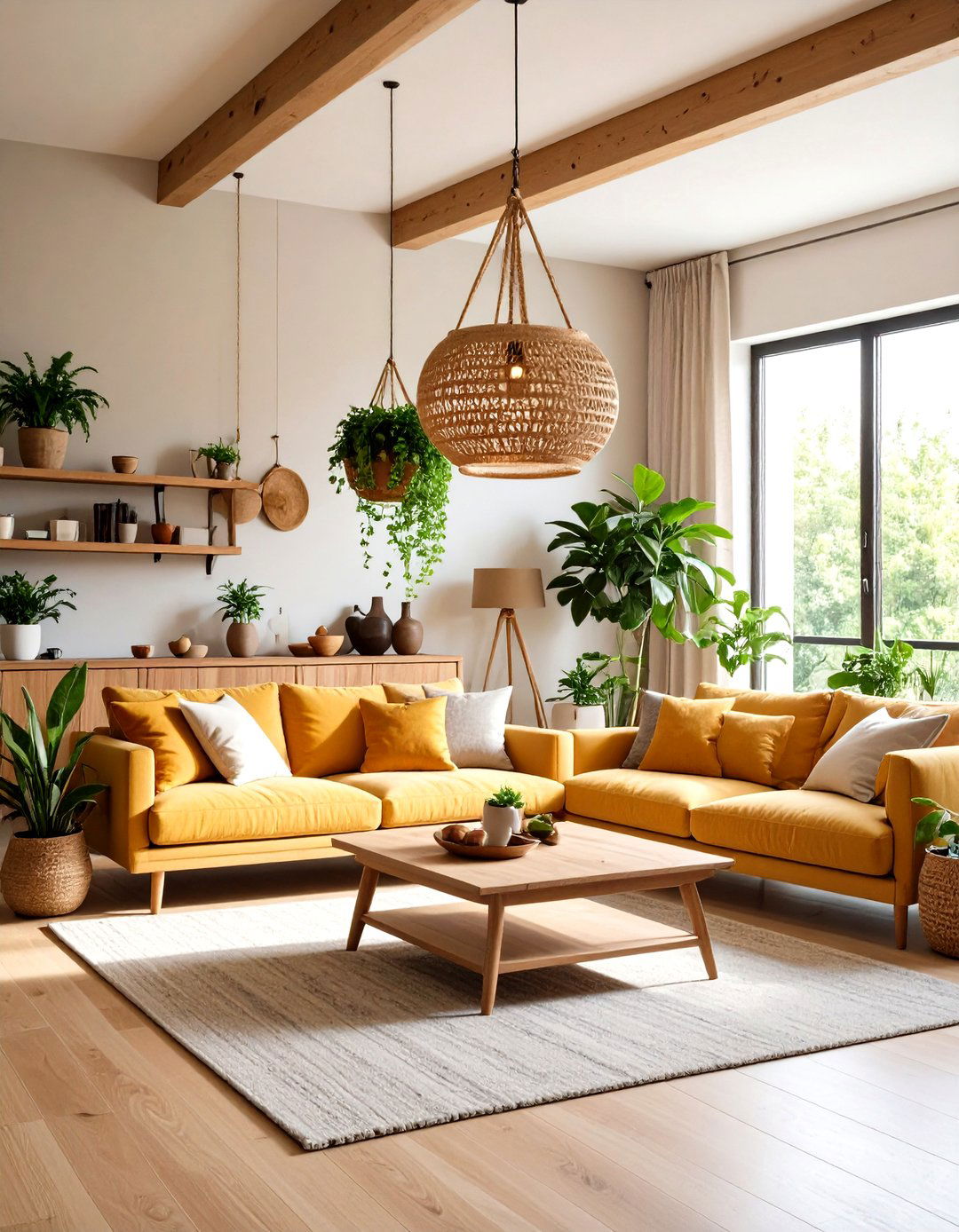
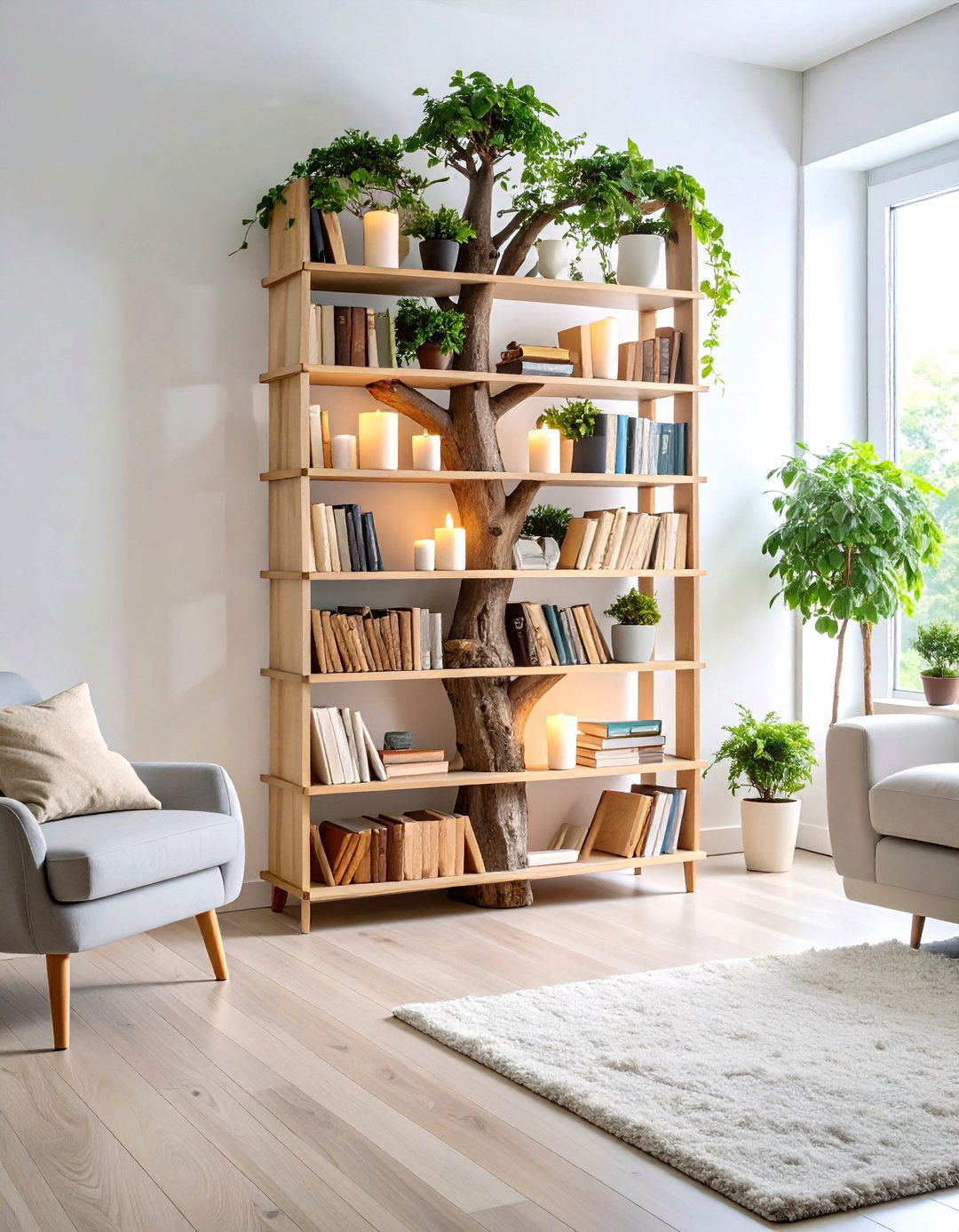
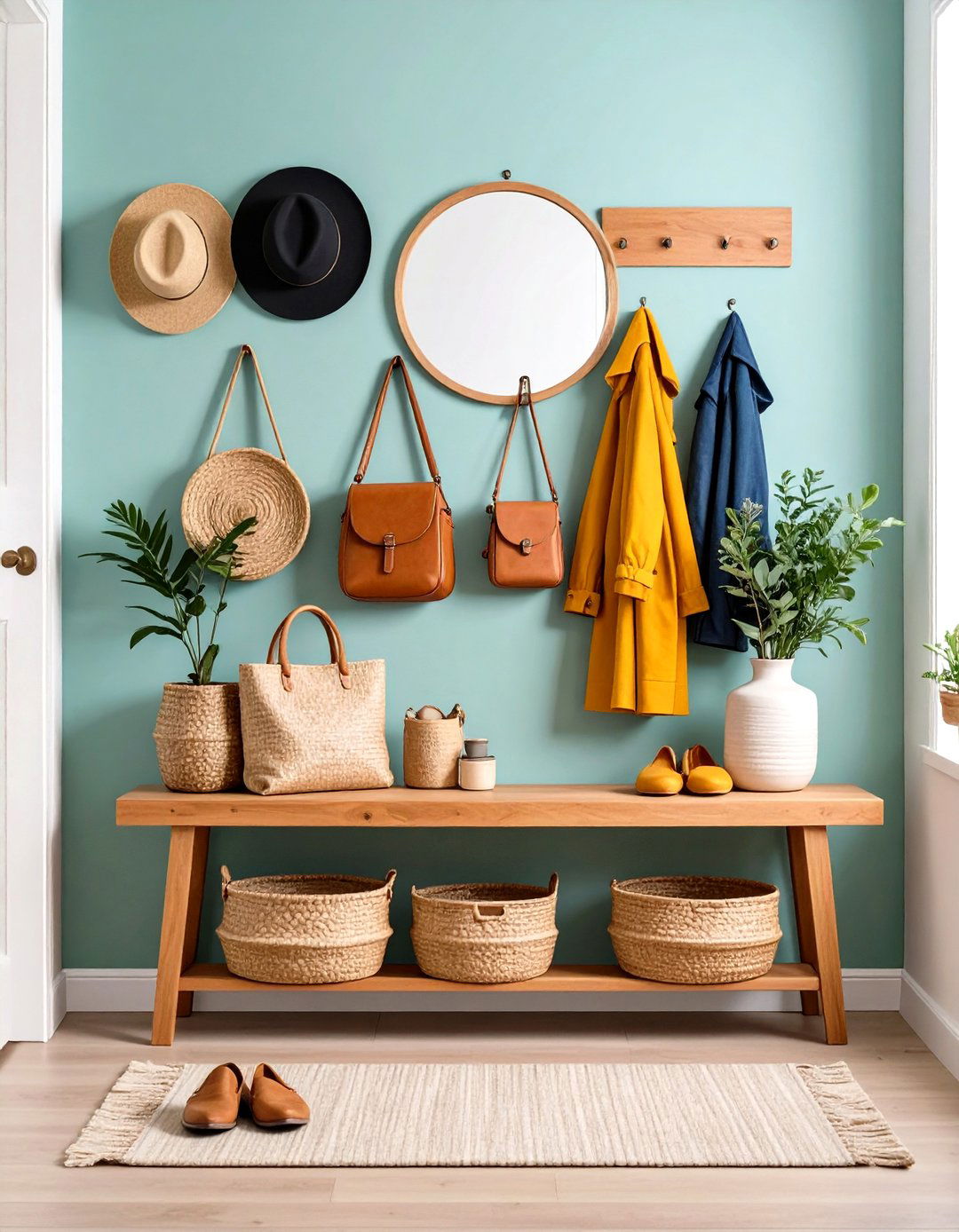
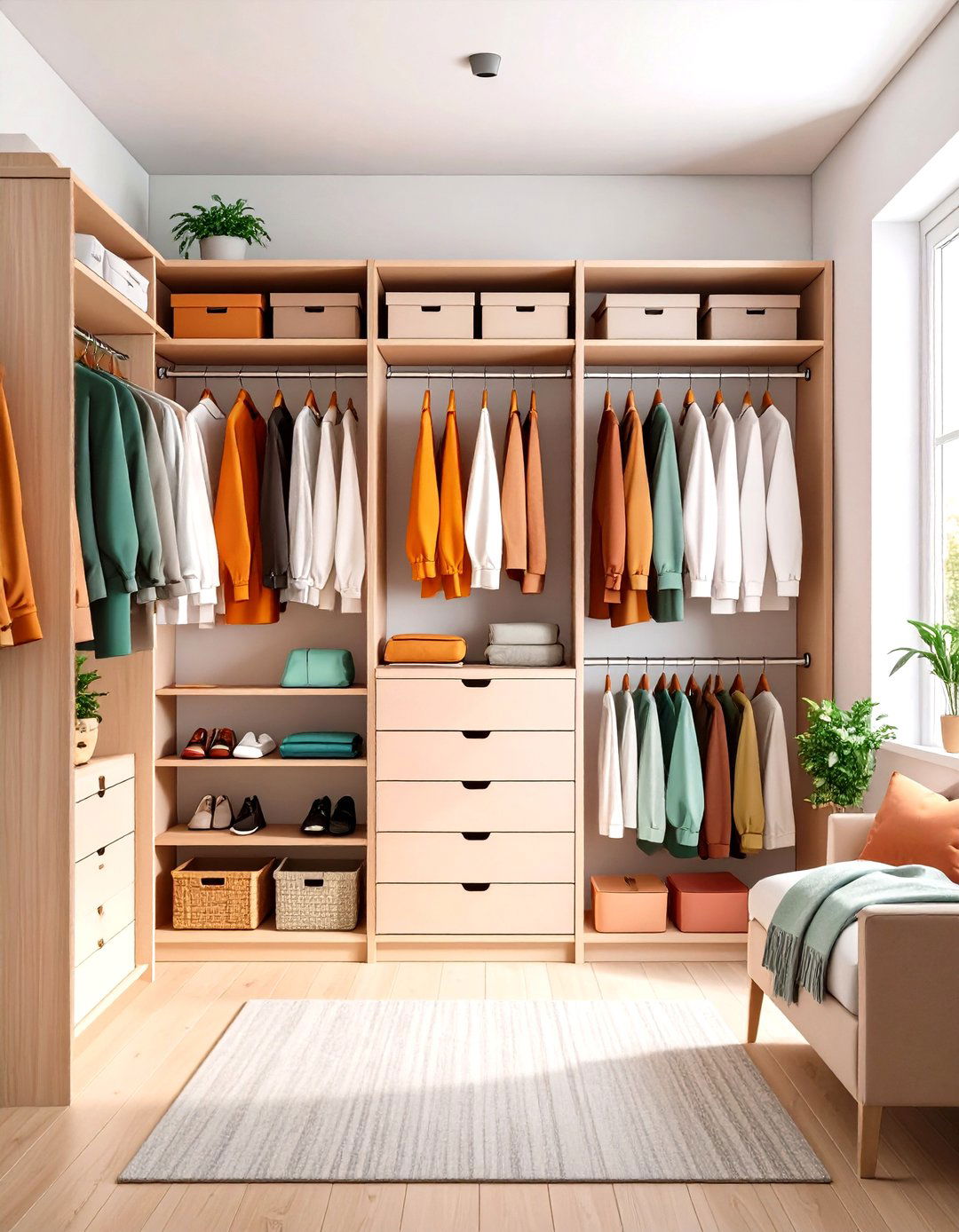
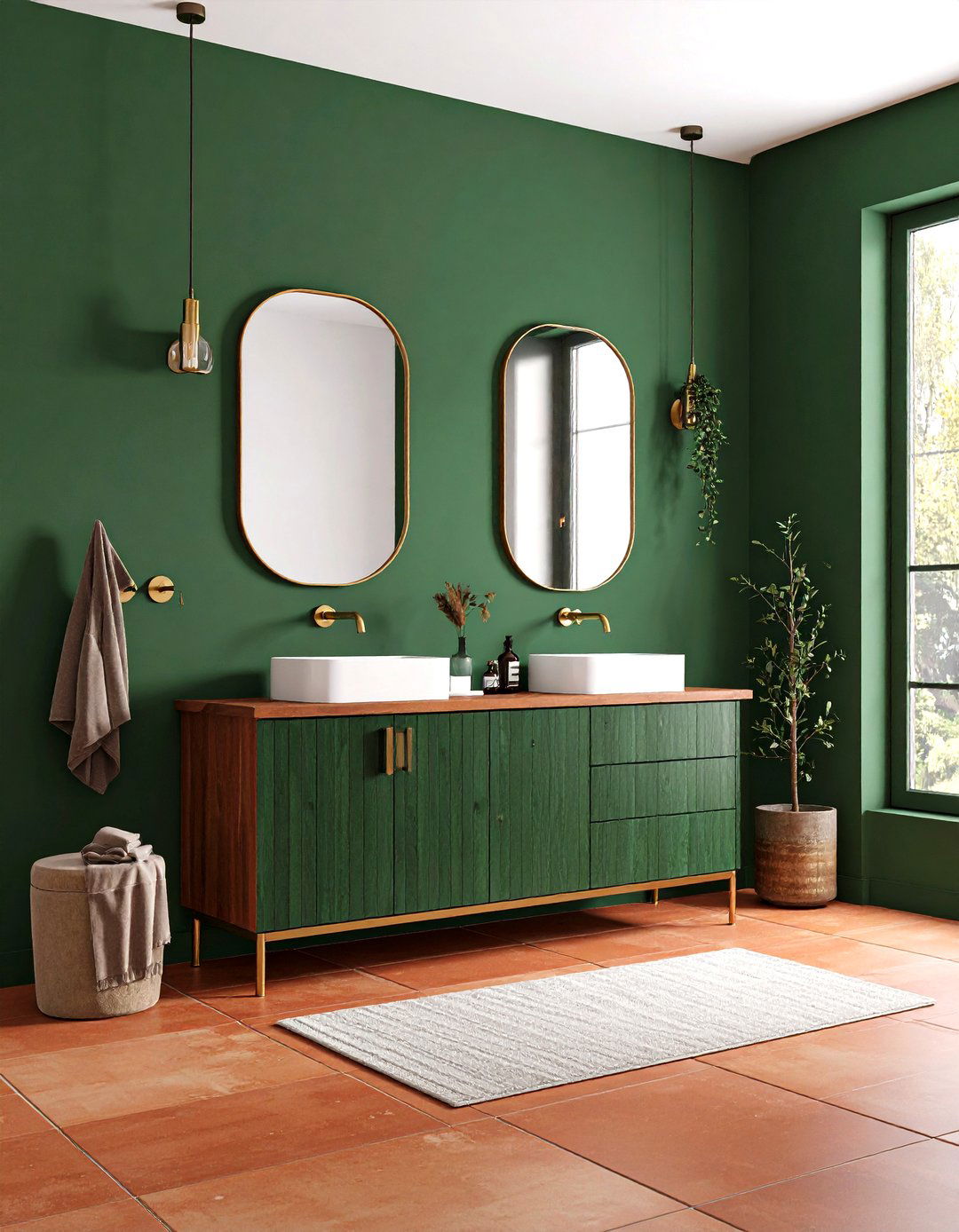
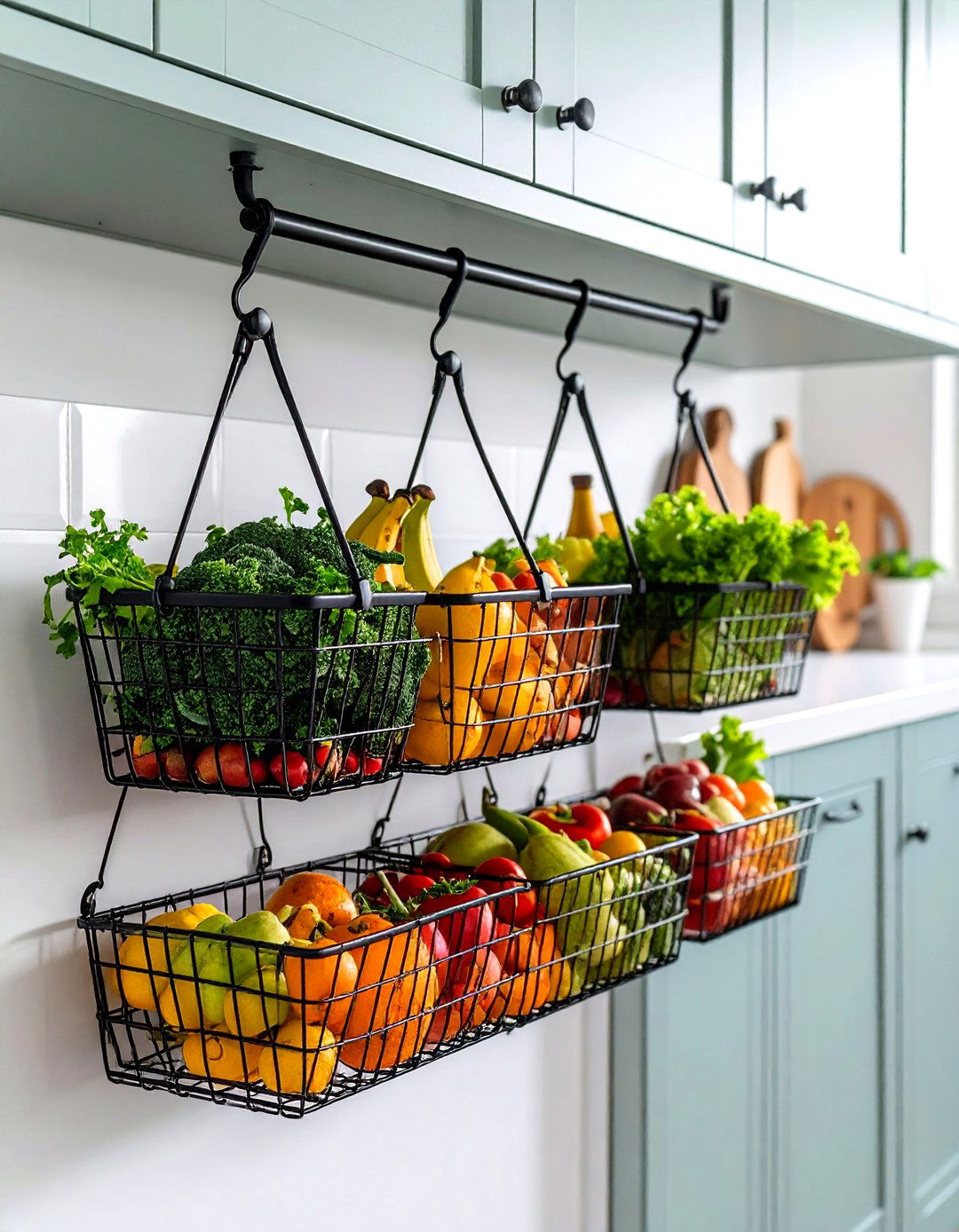
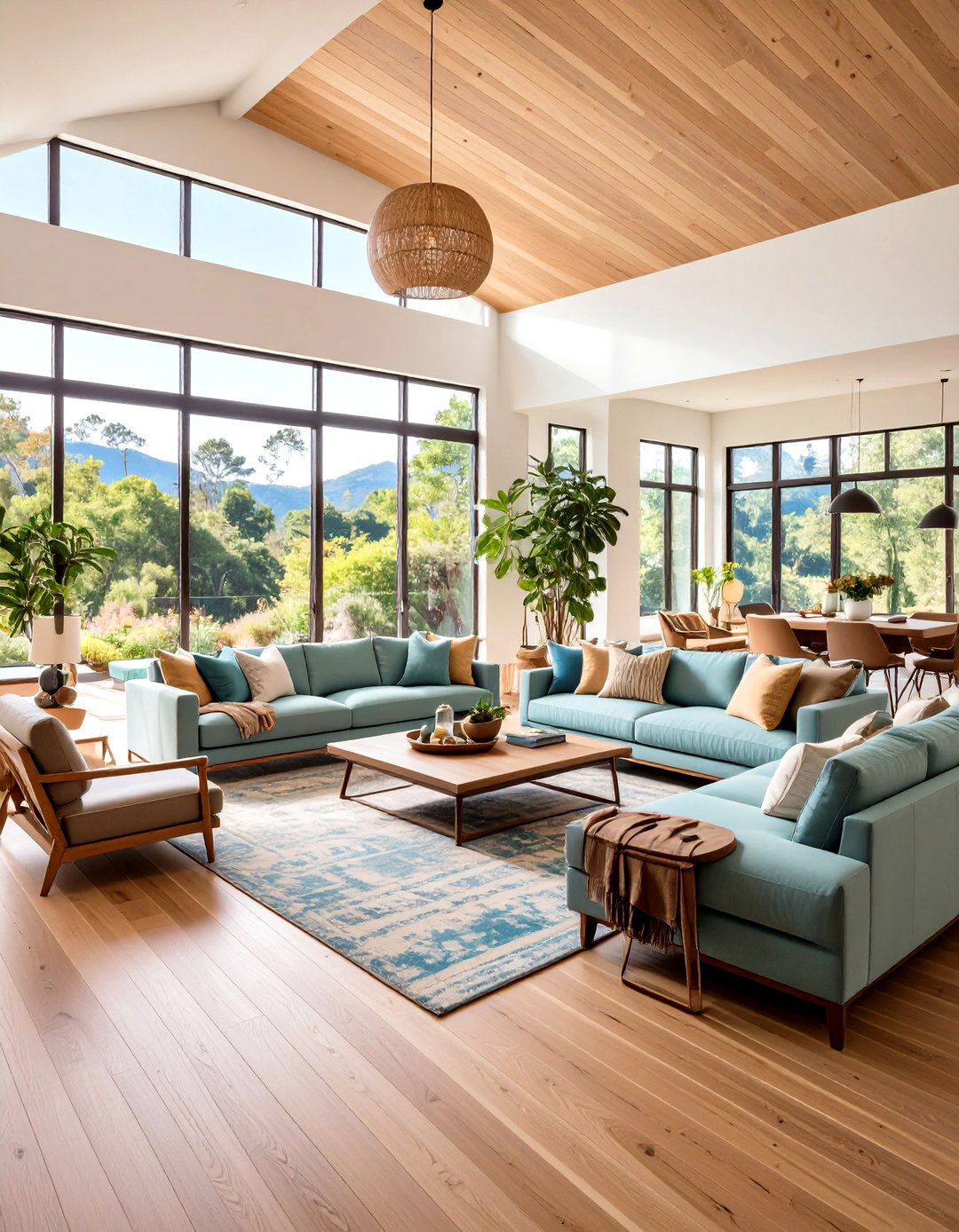
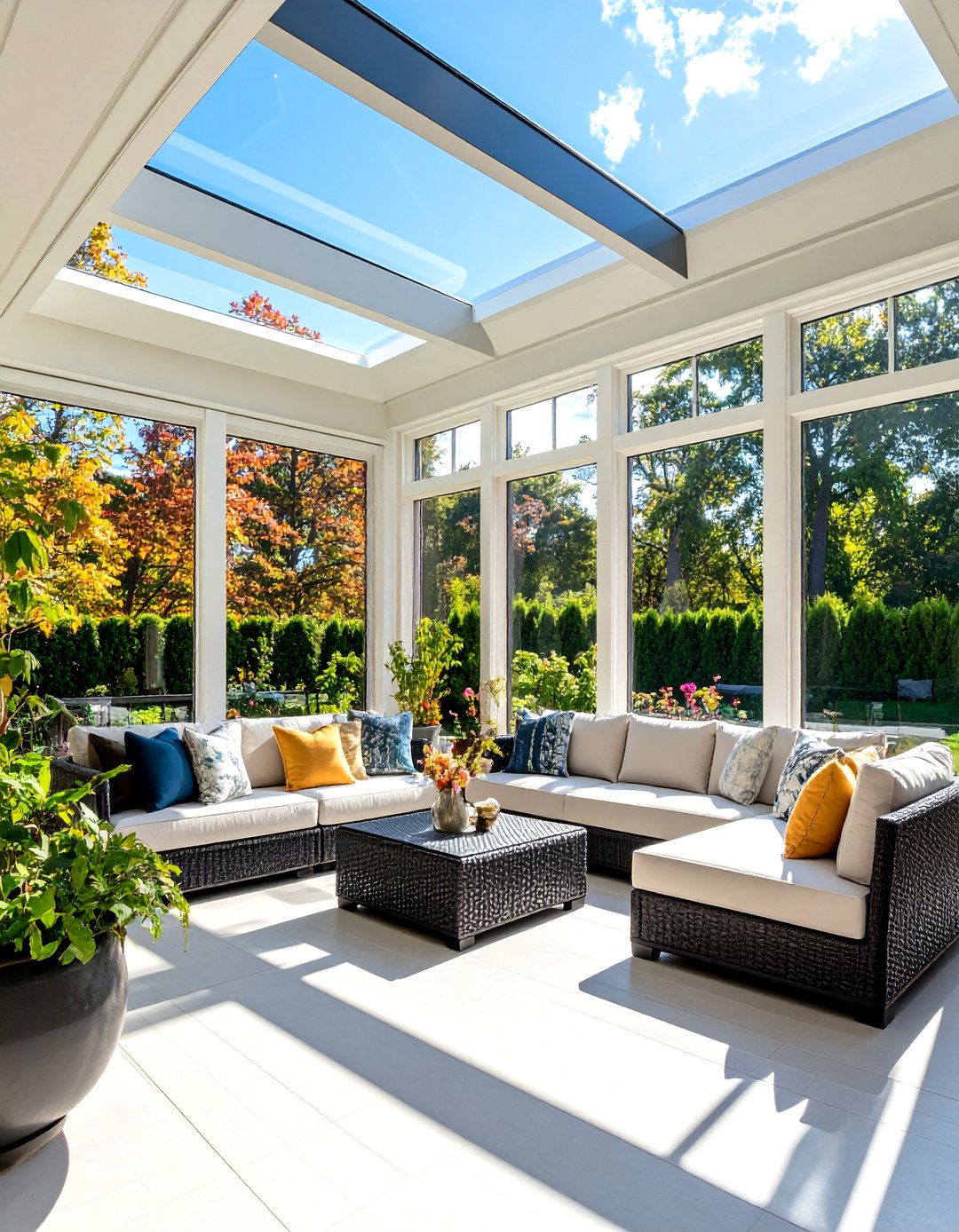

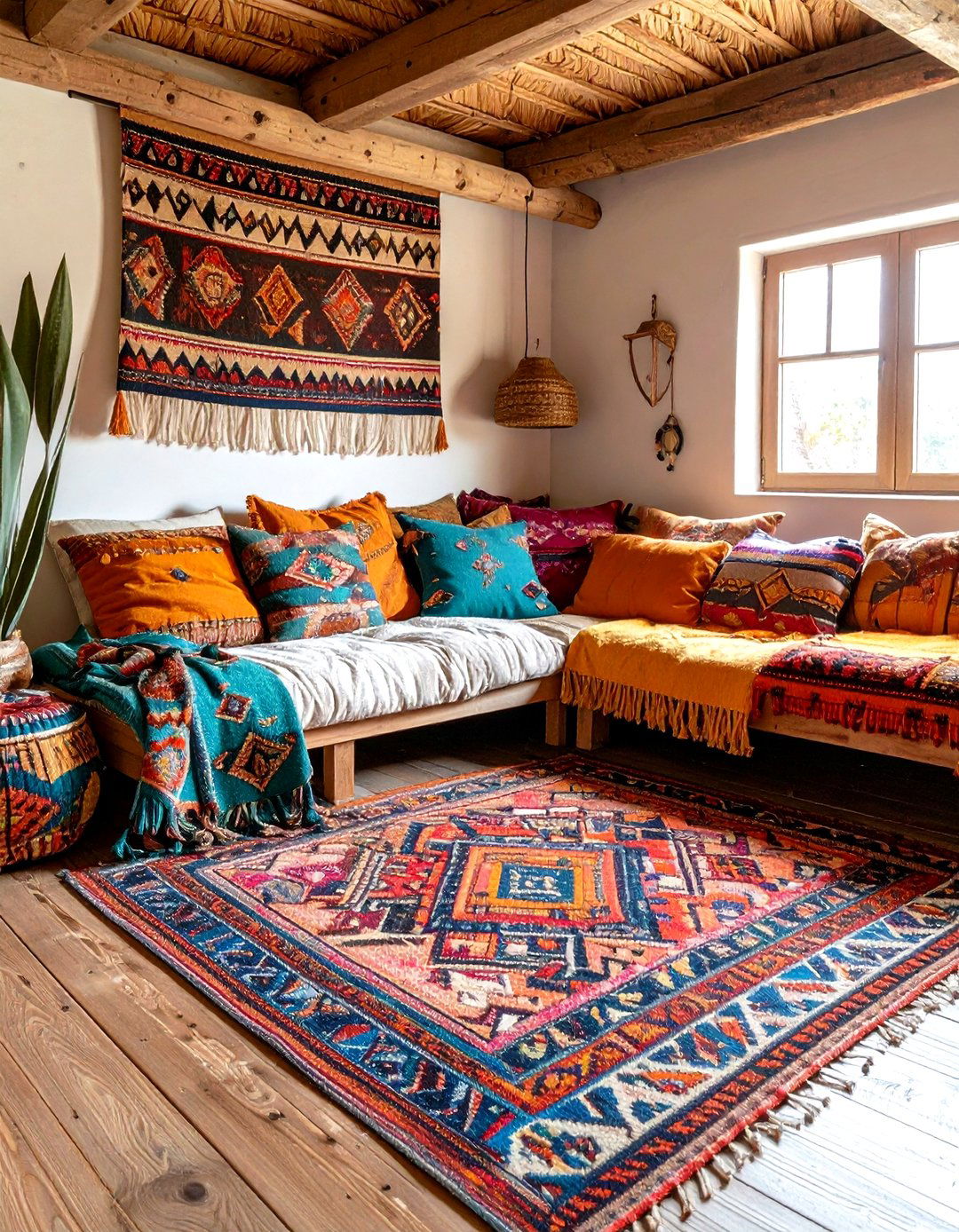

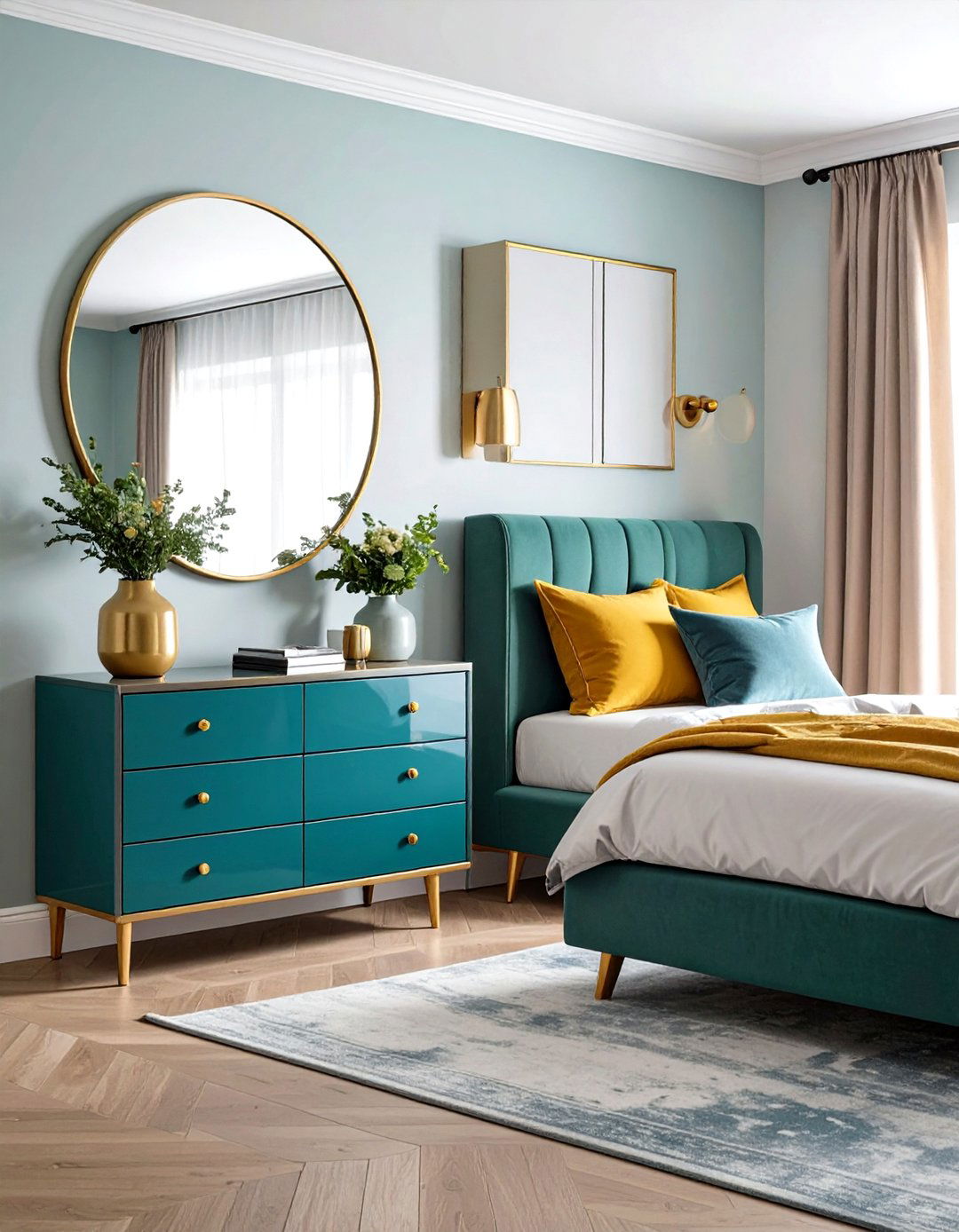
Leave a Reply